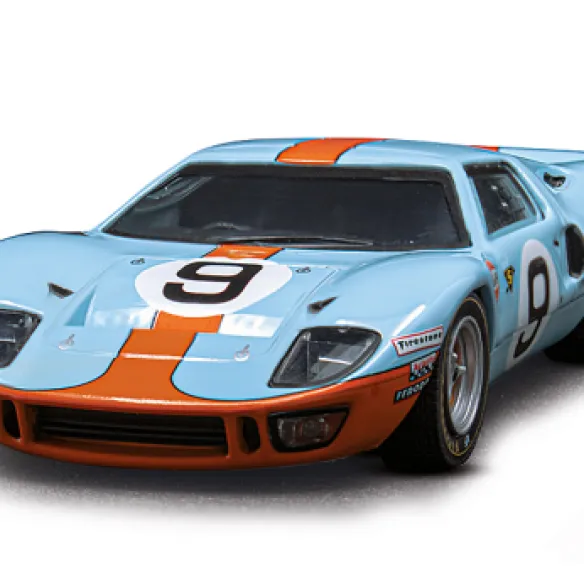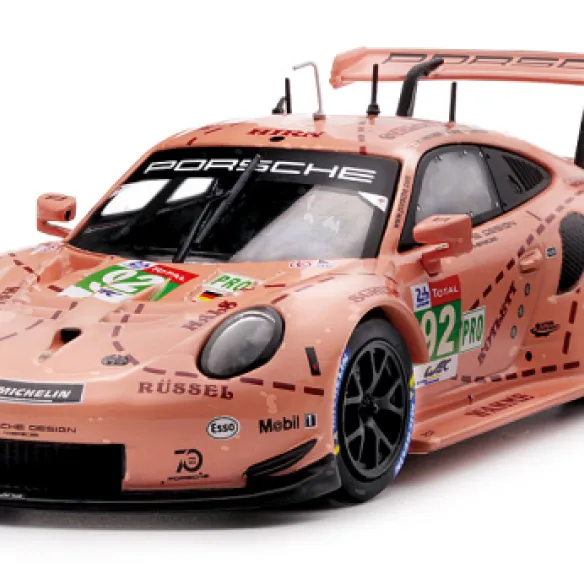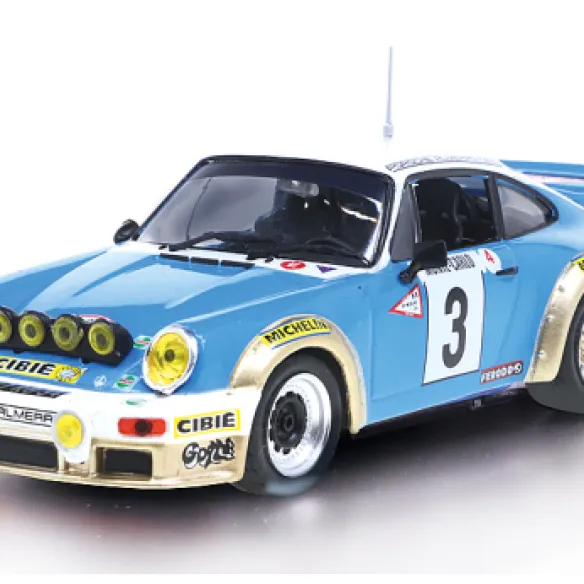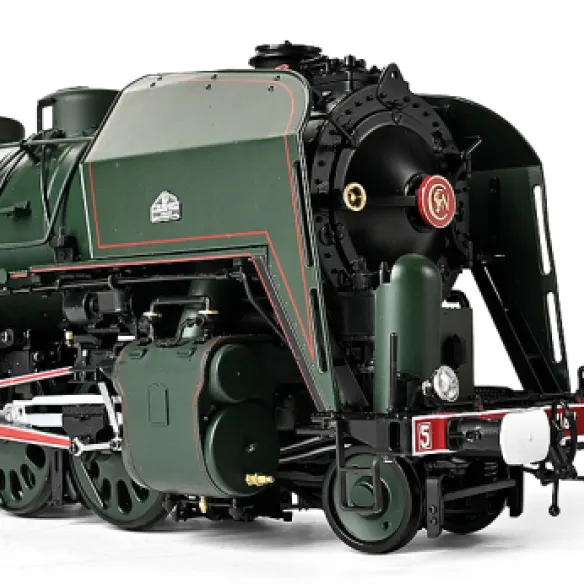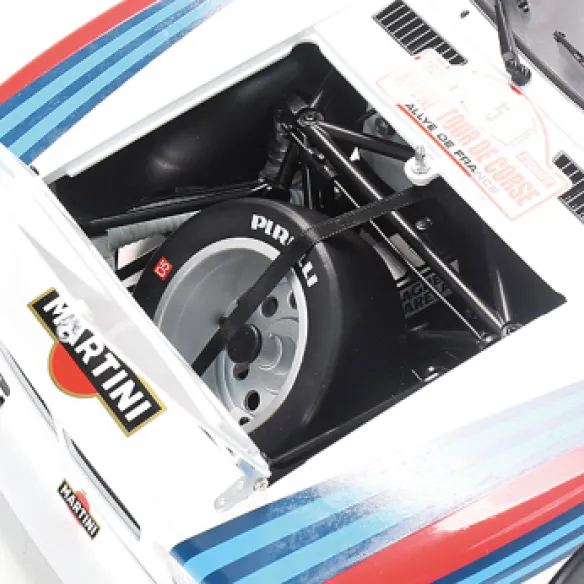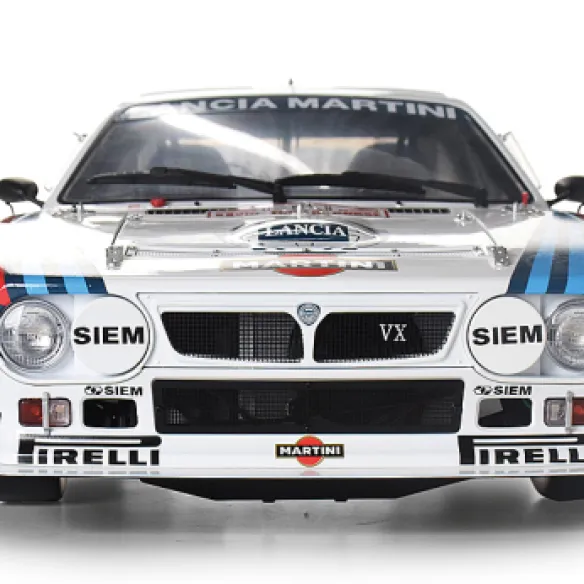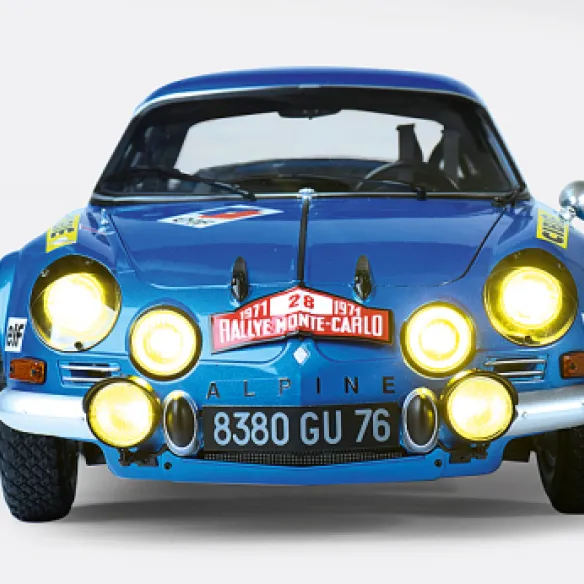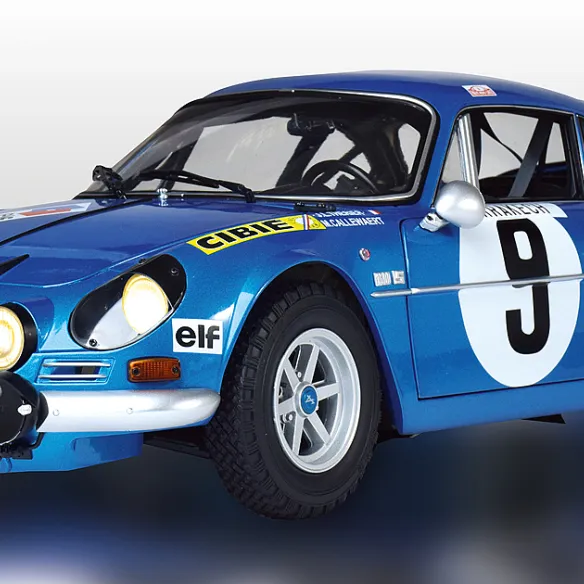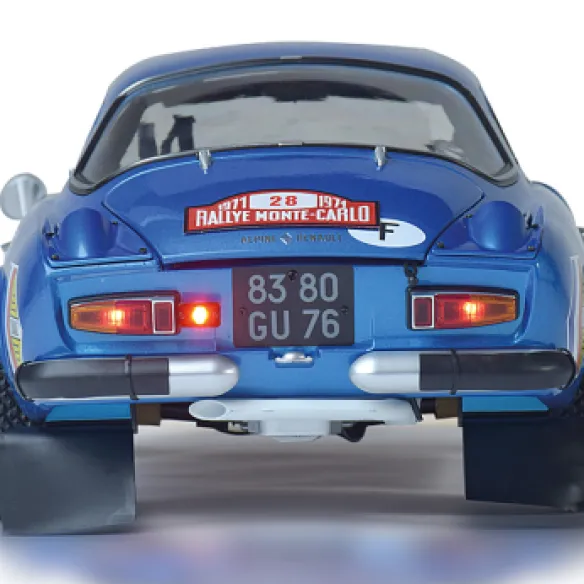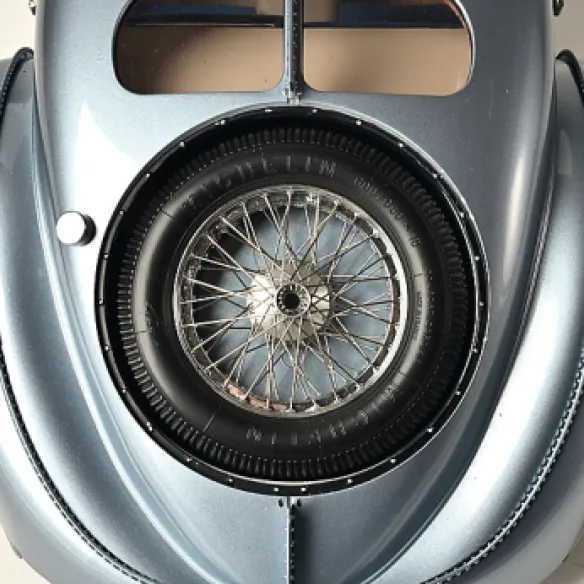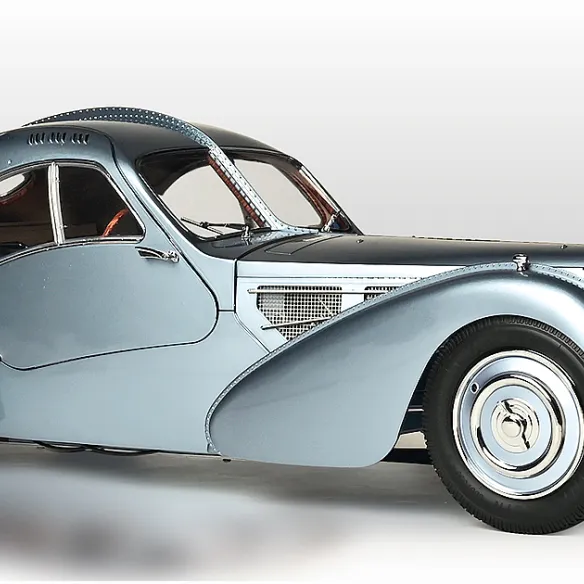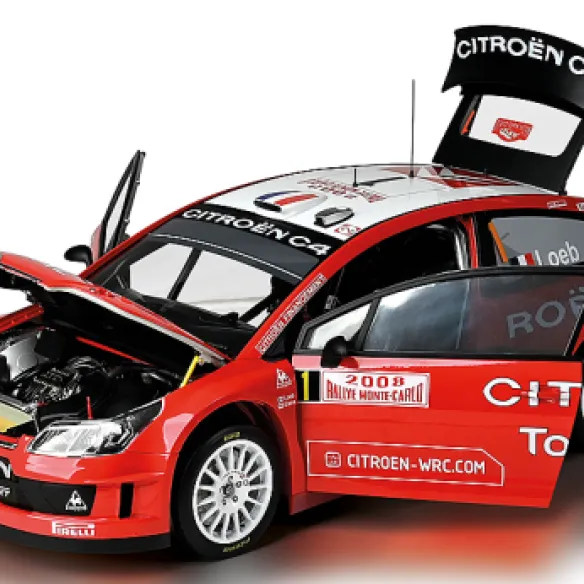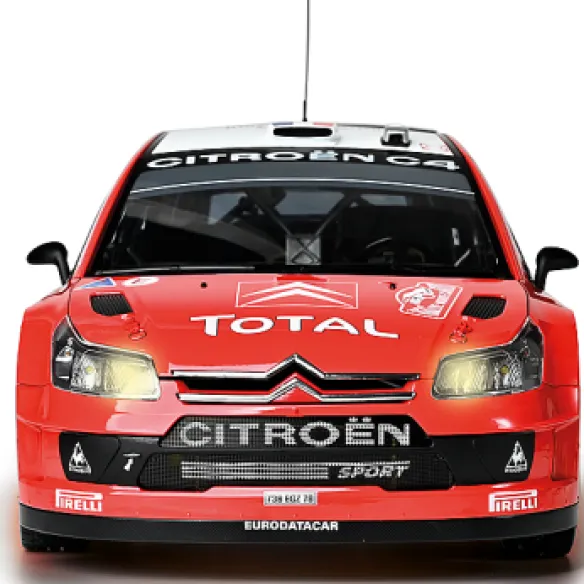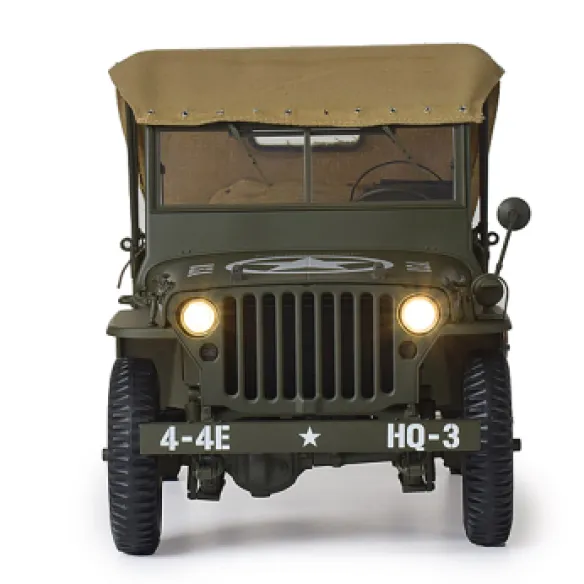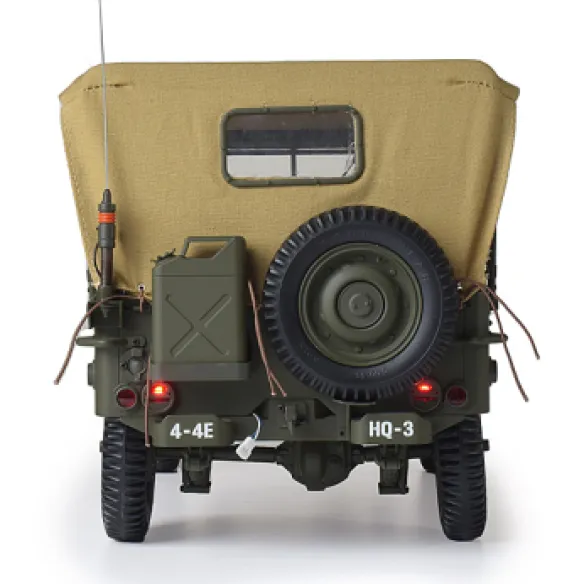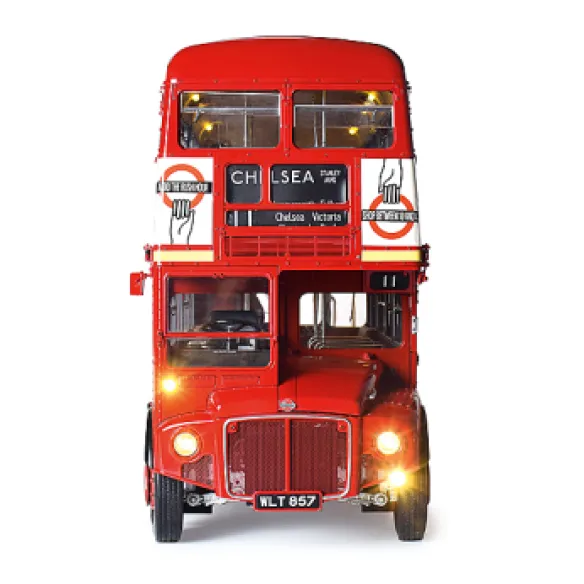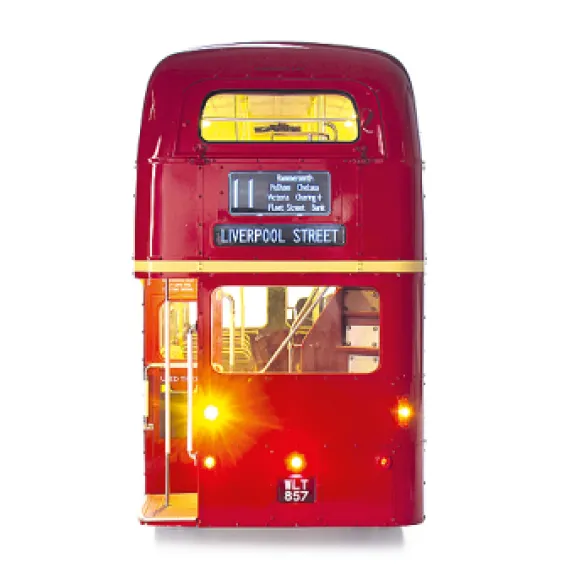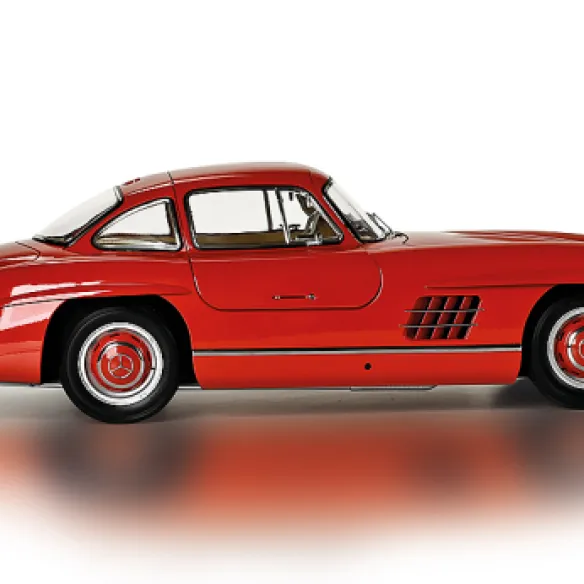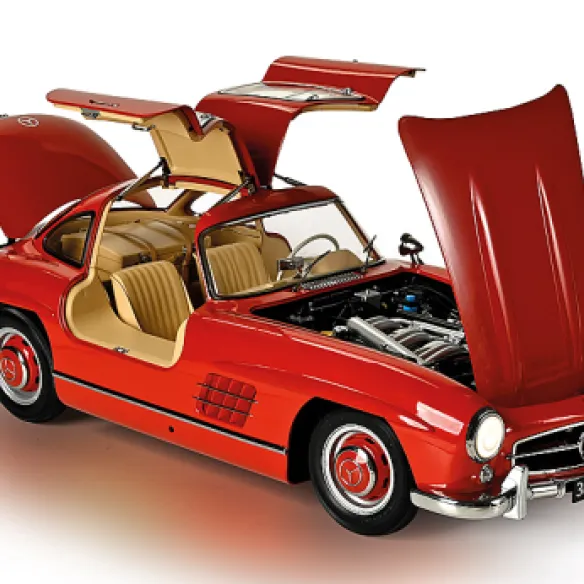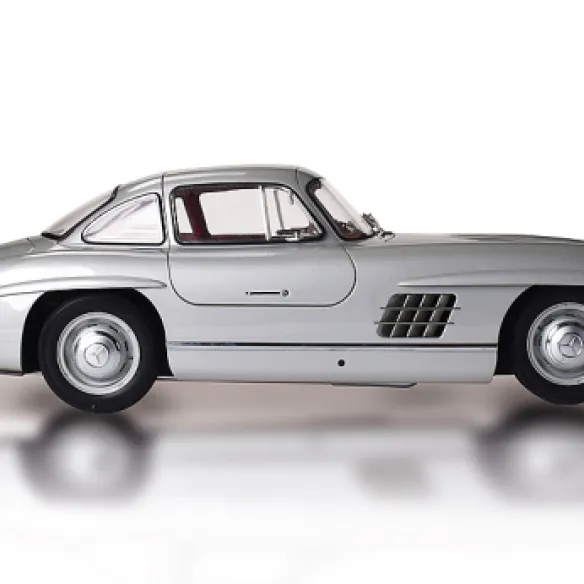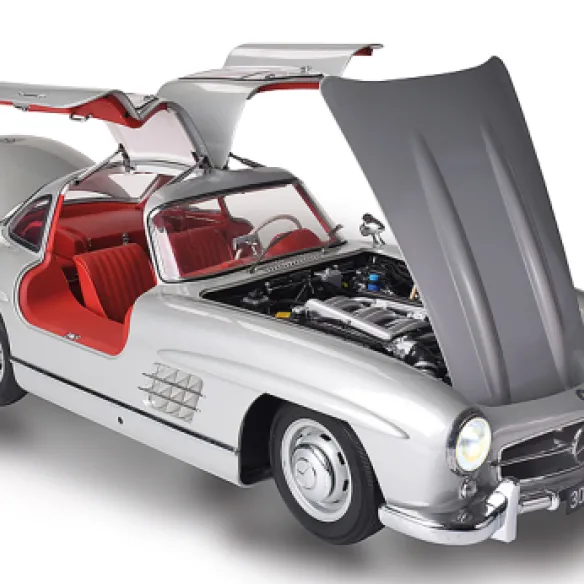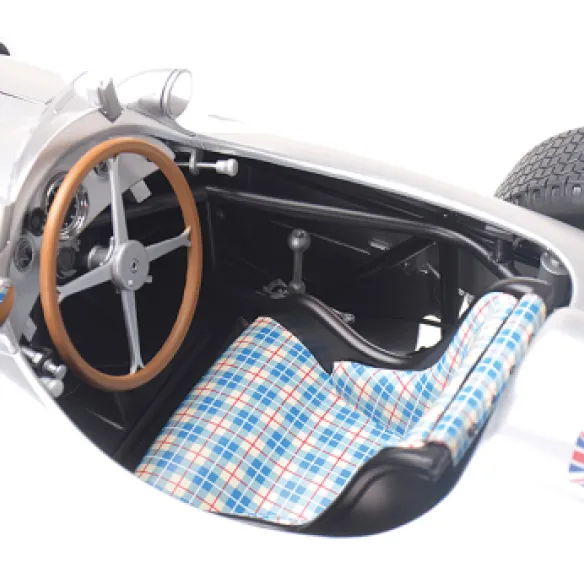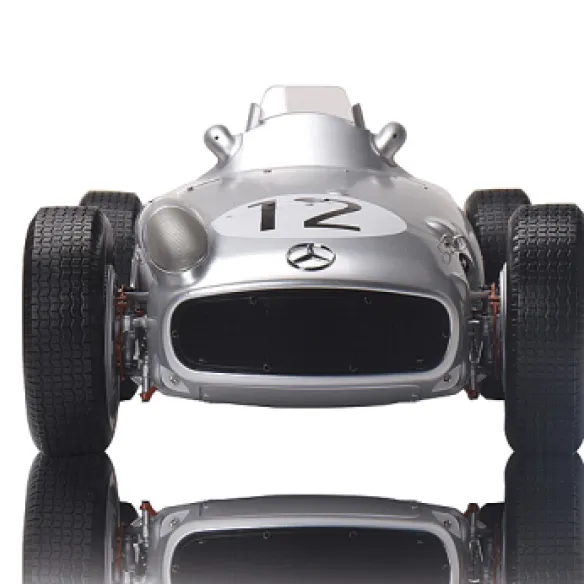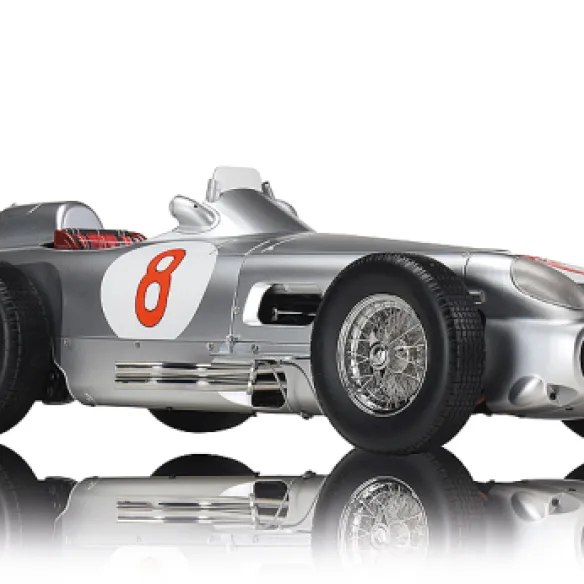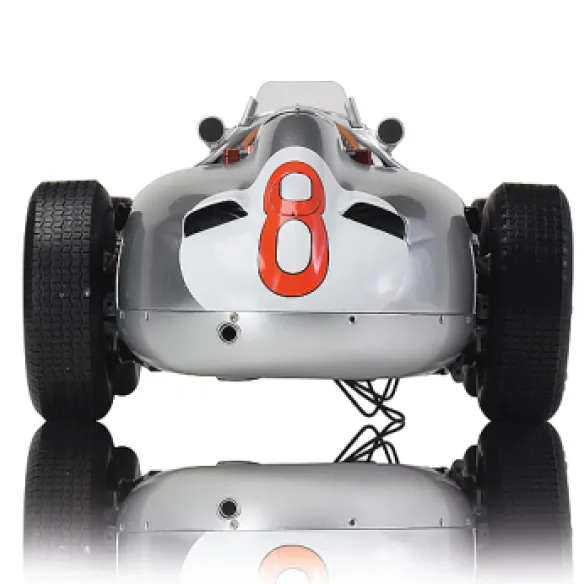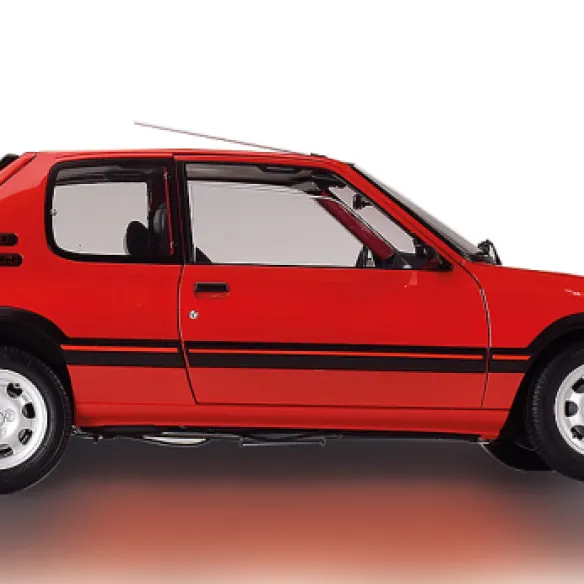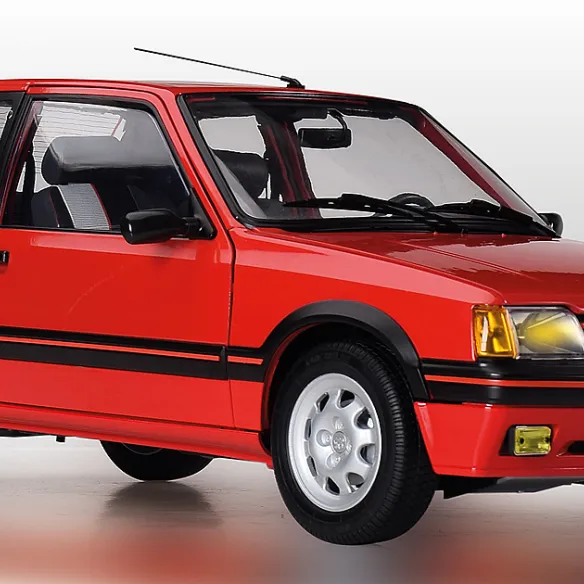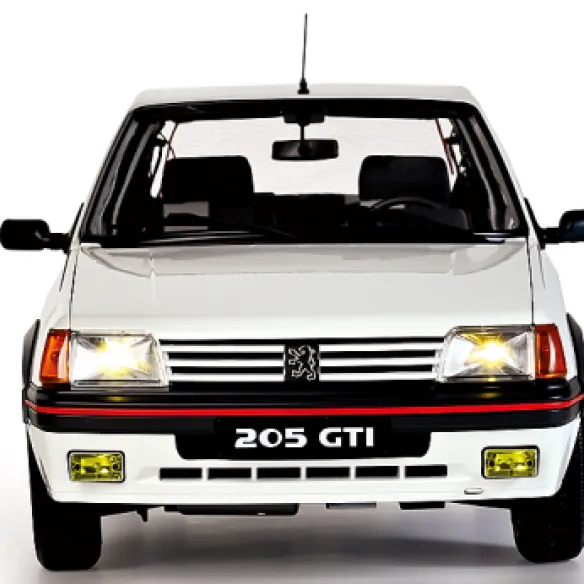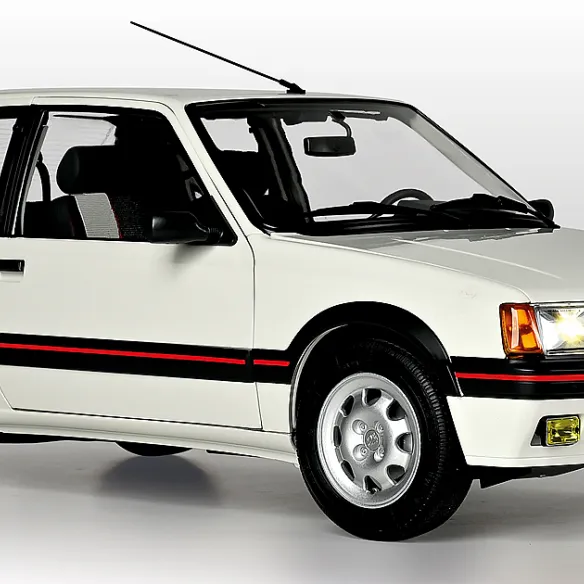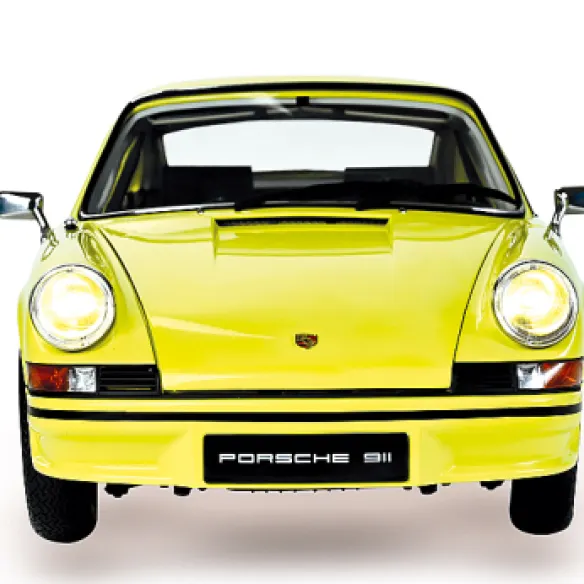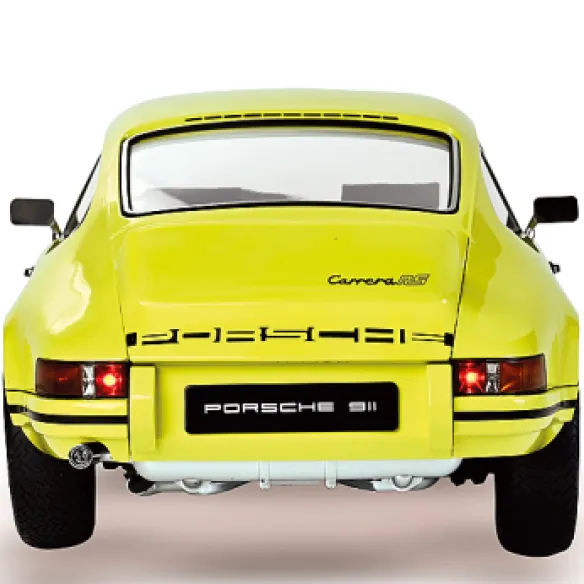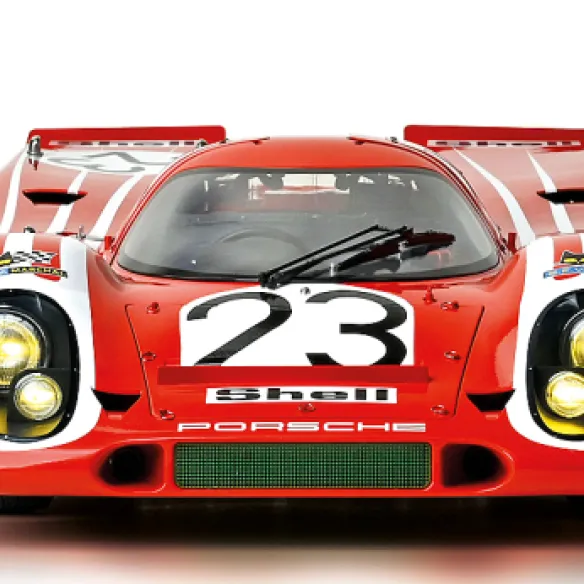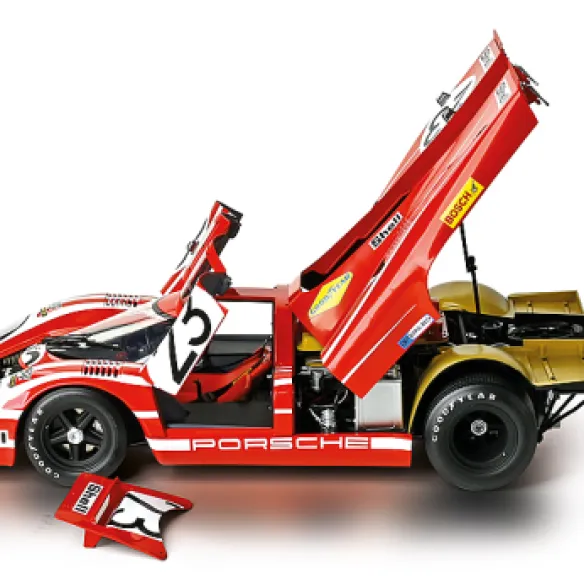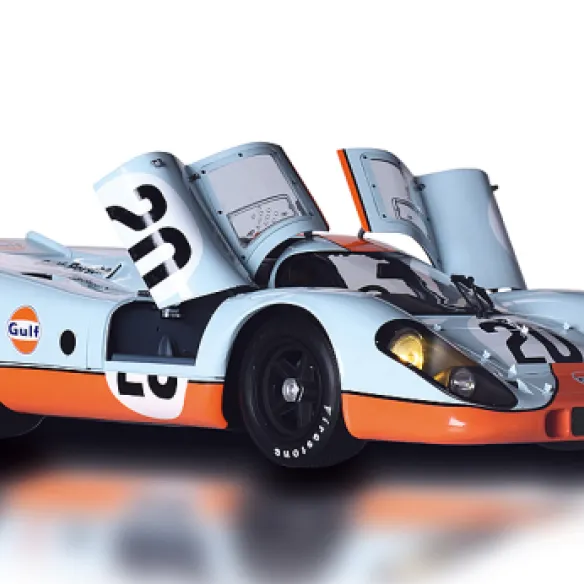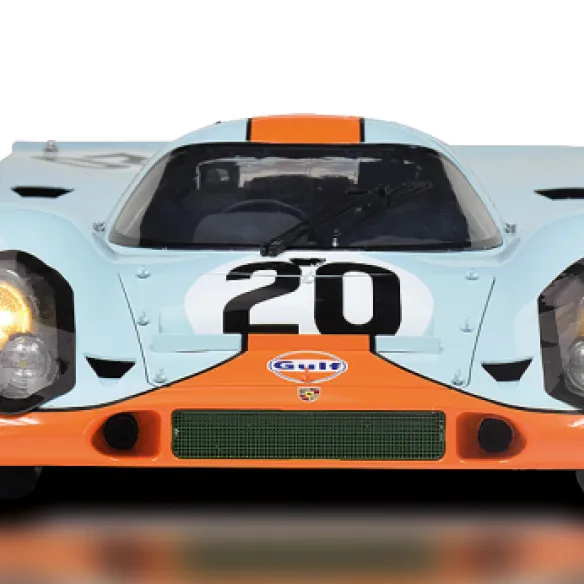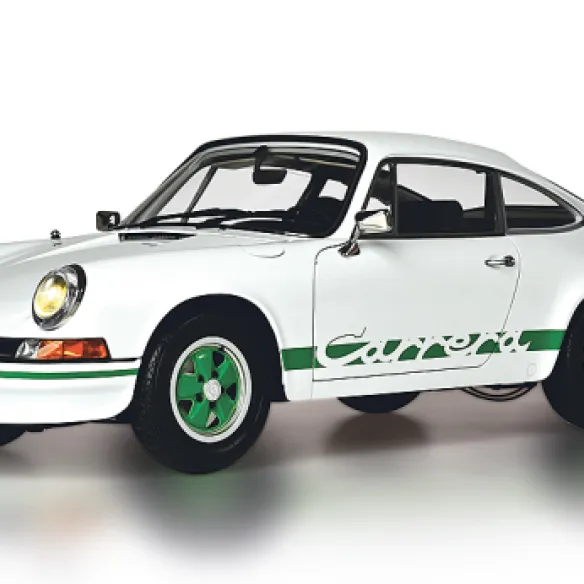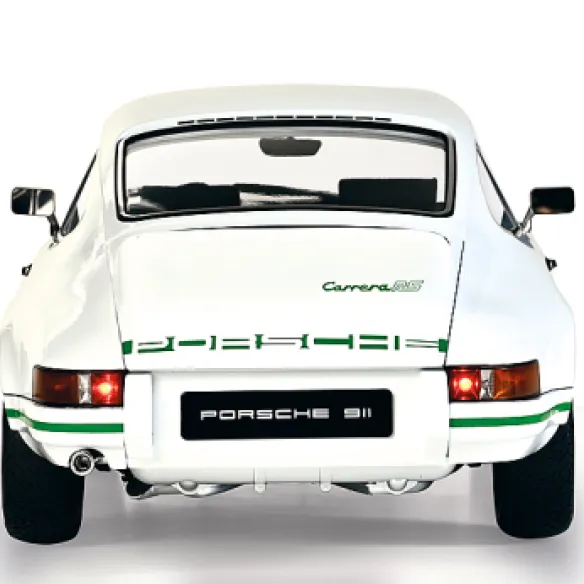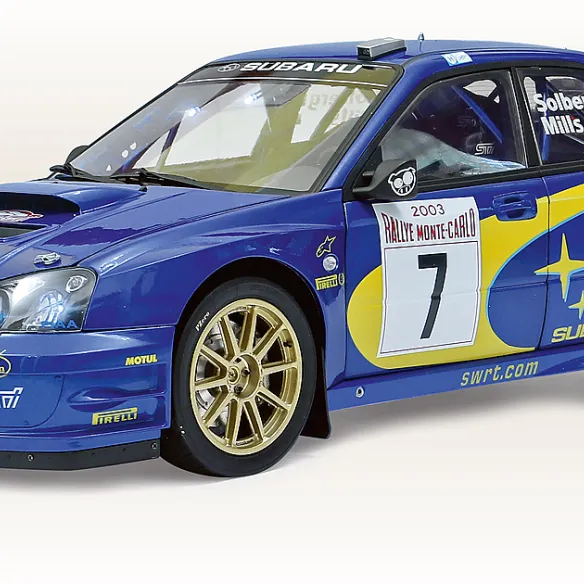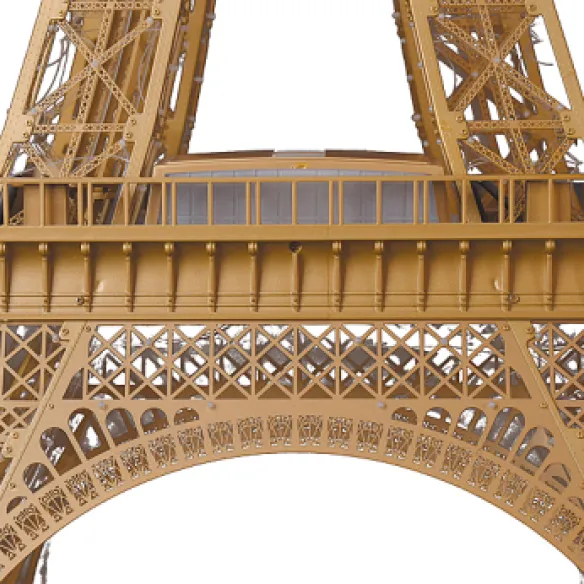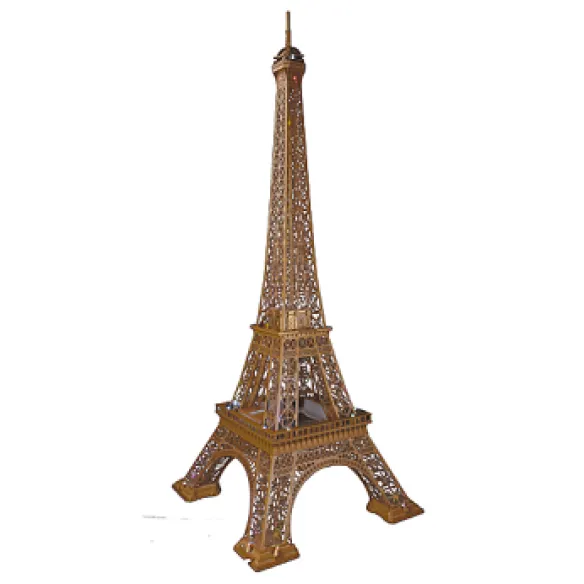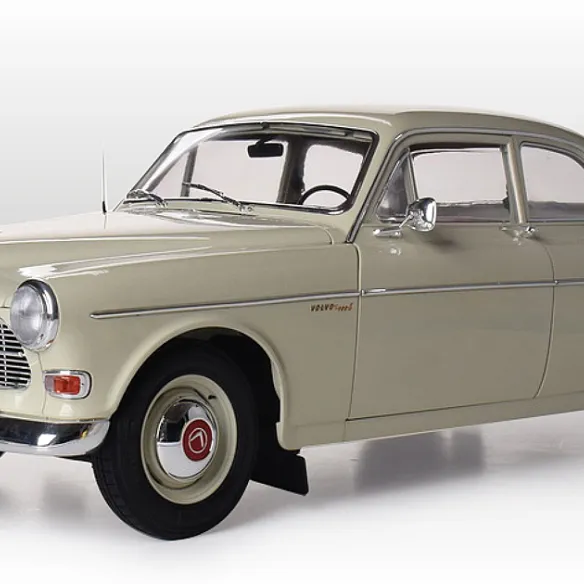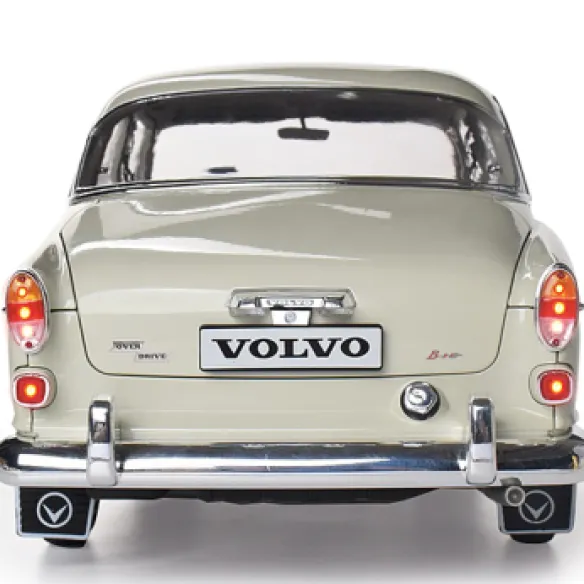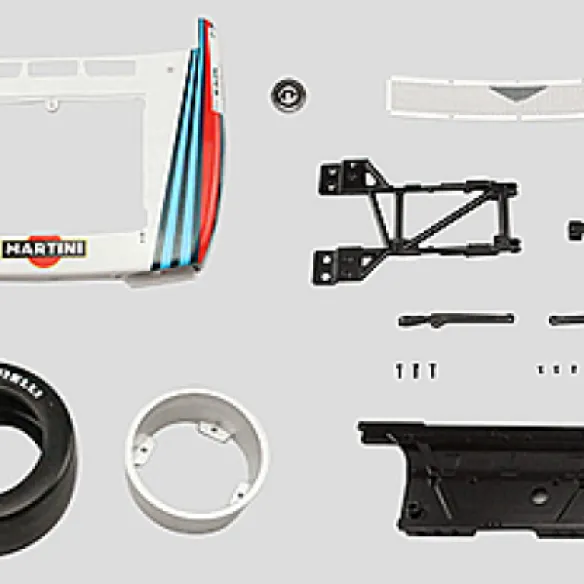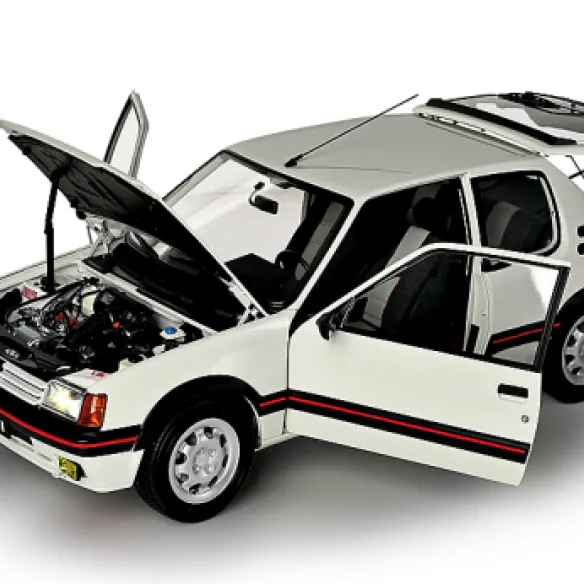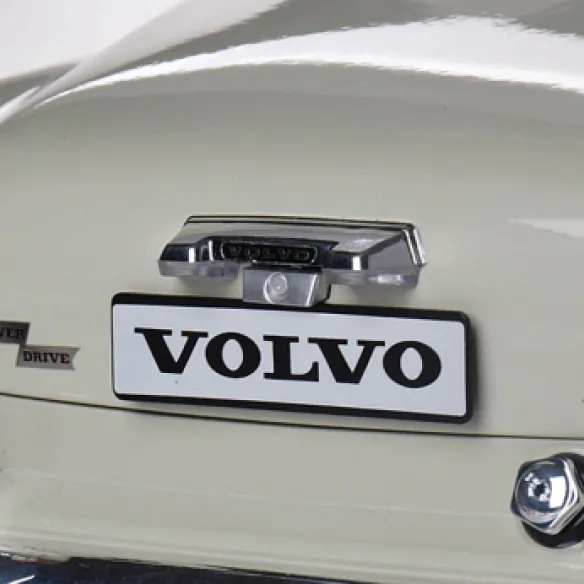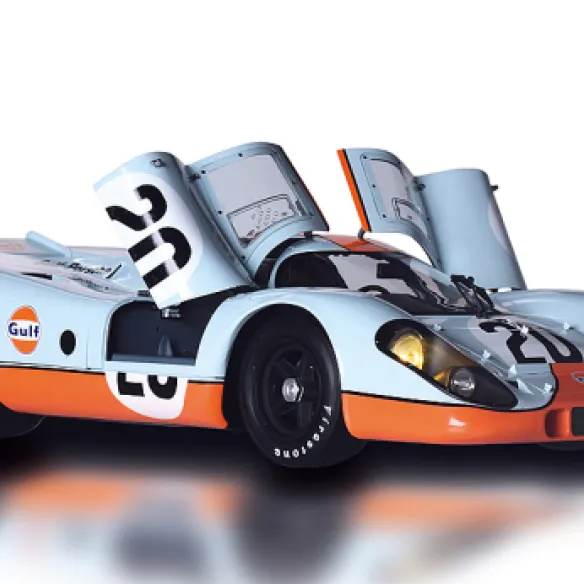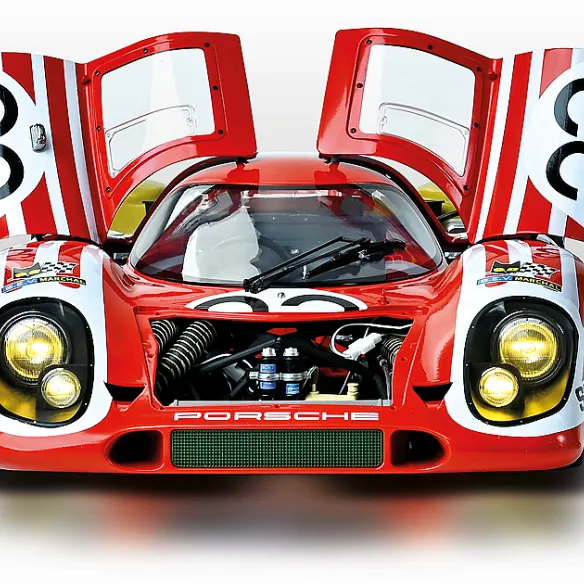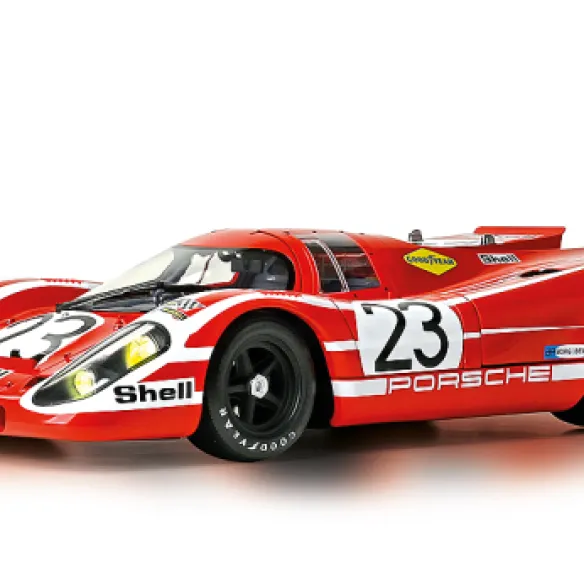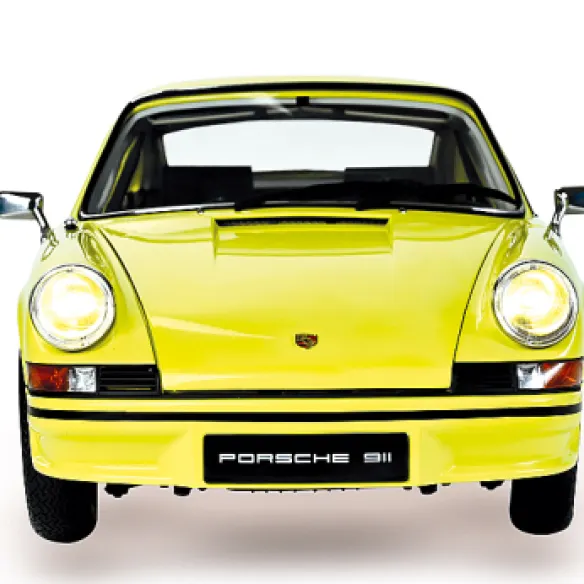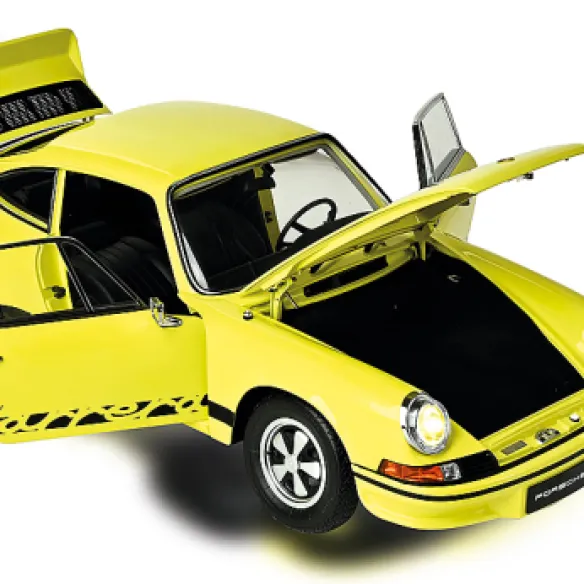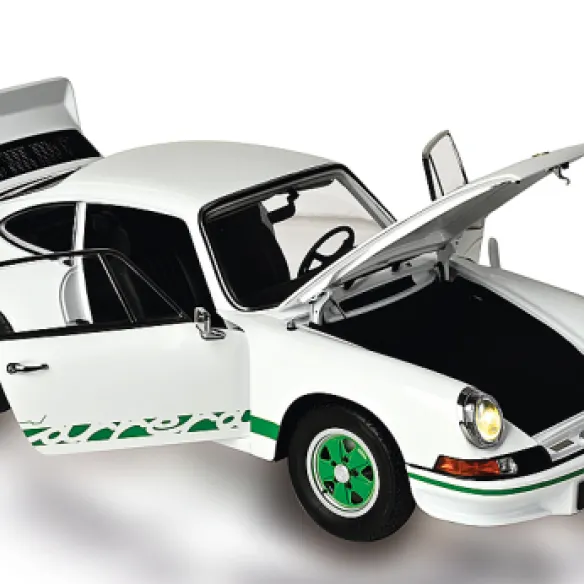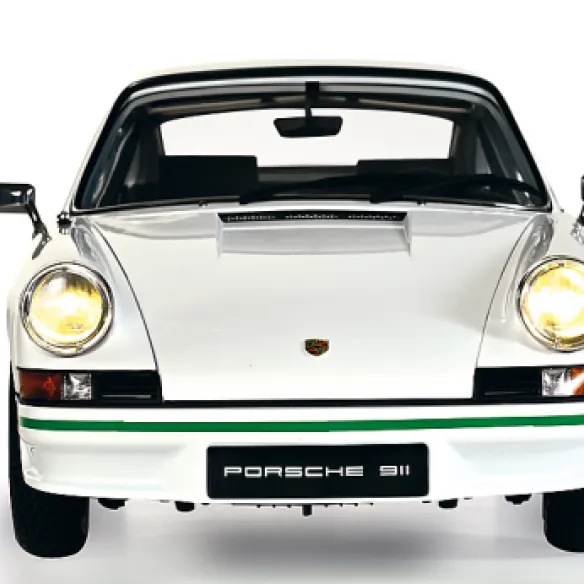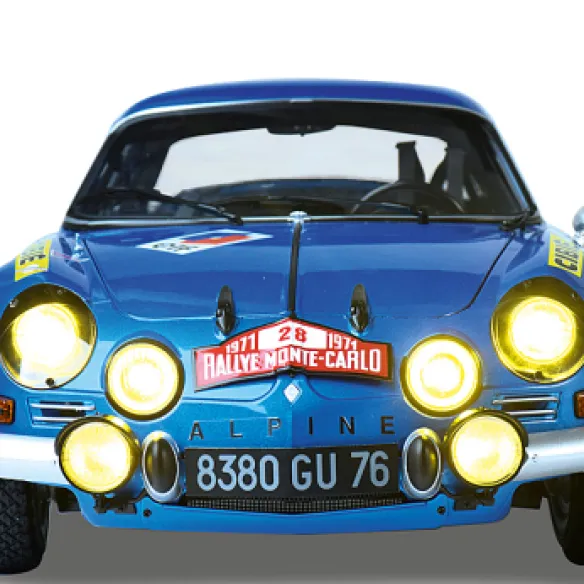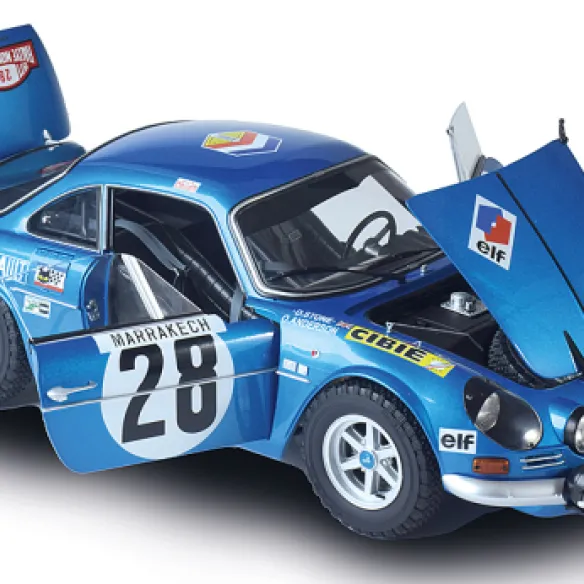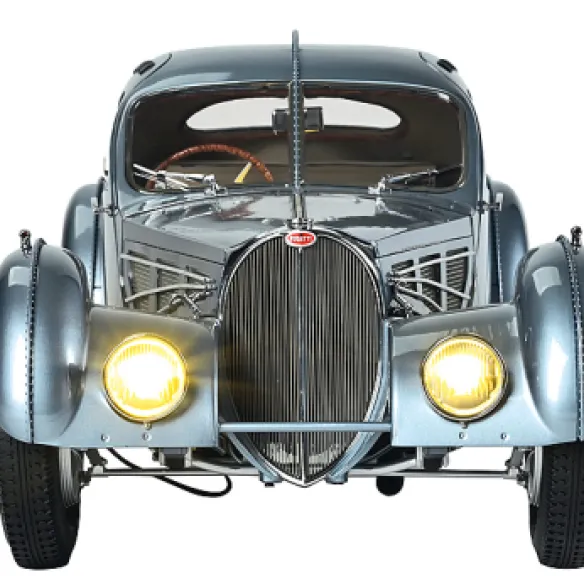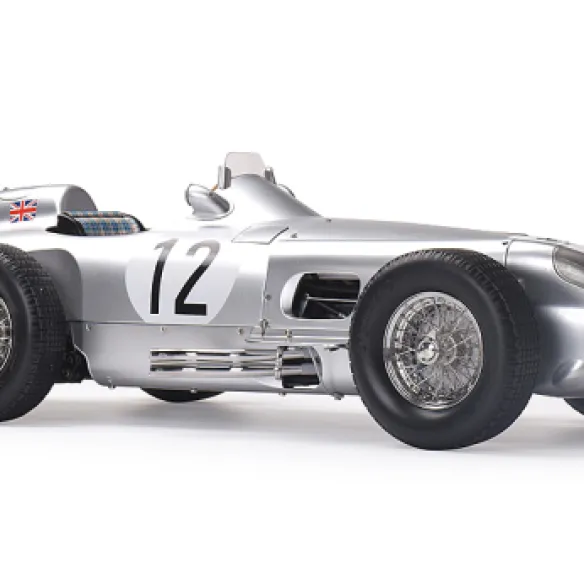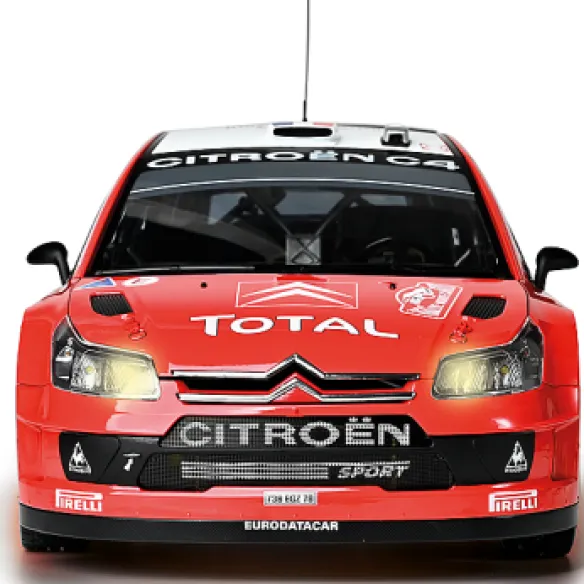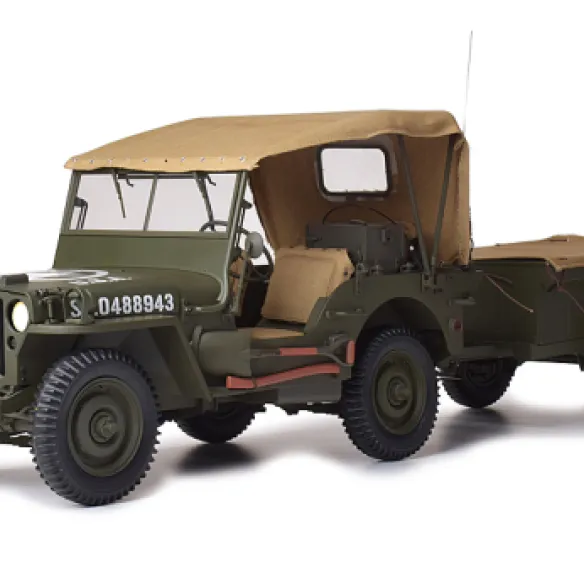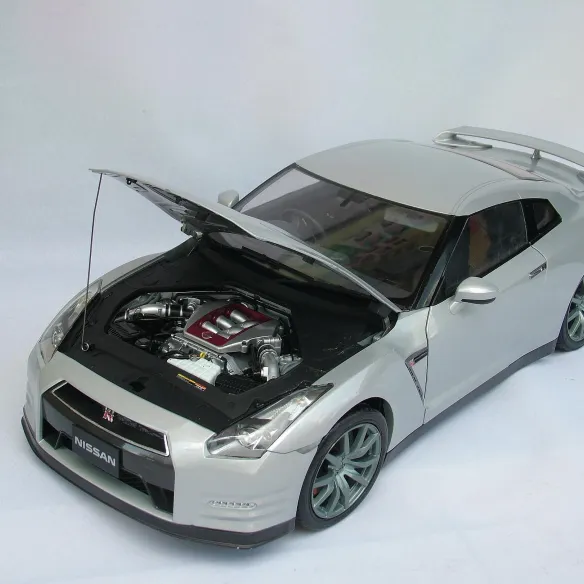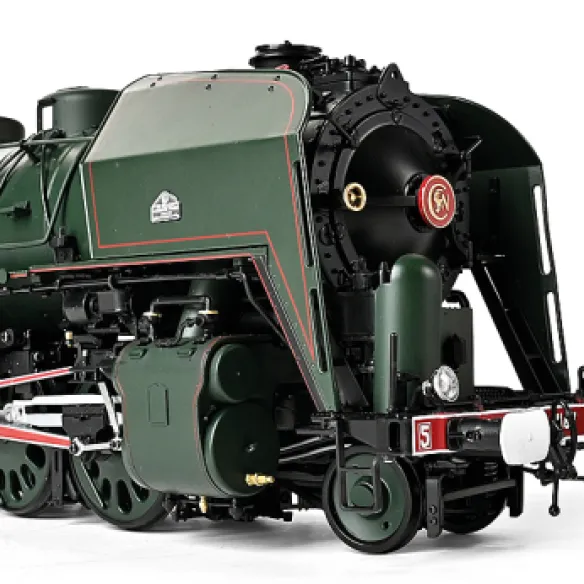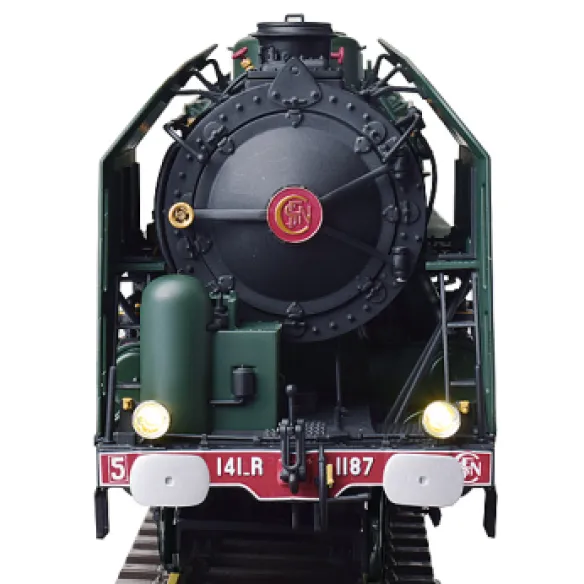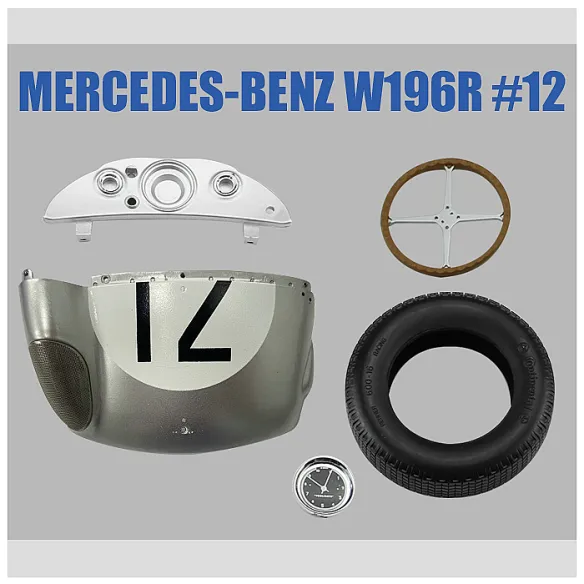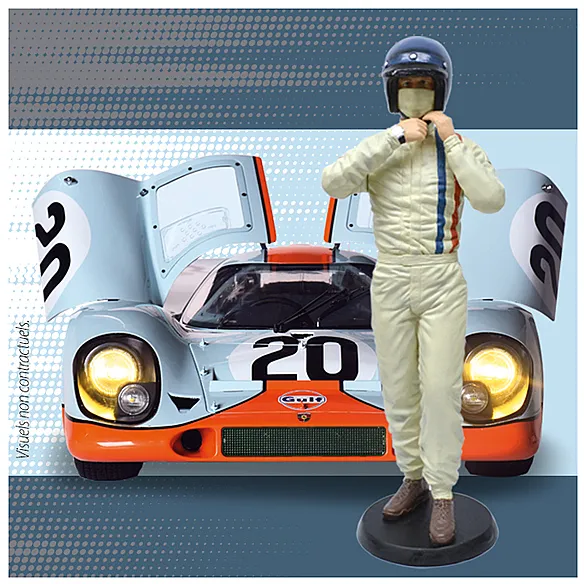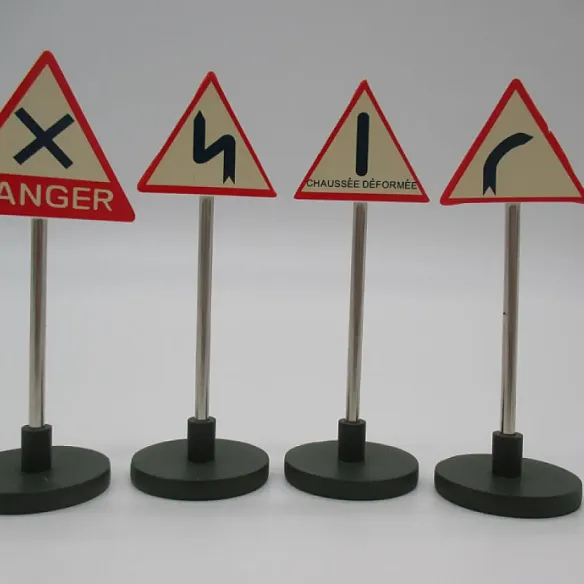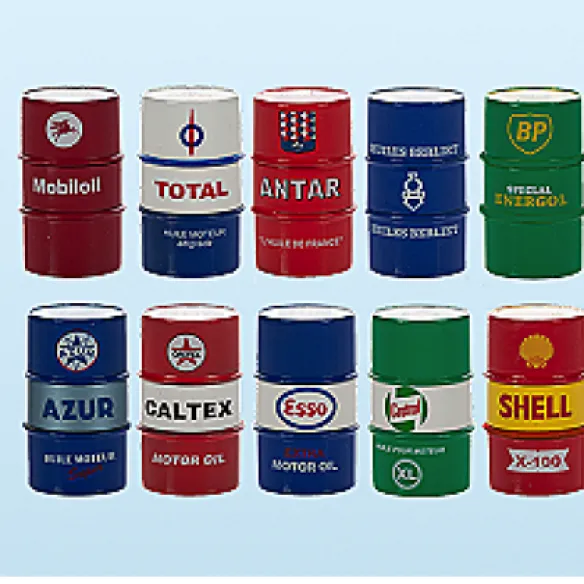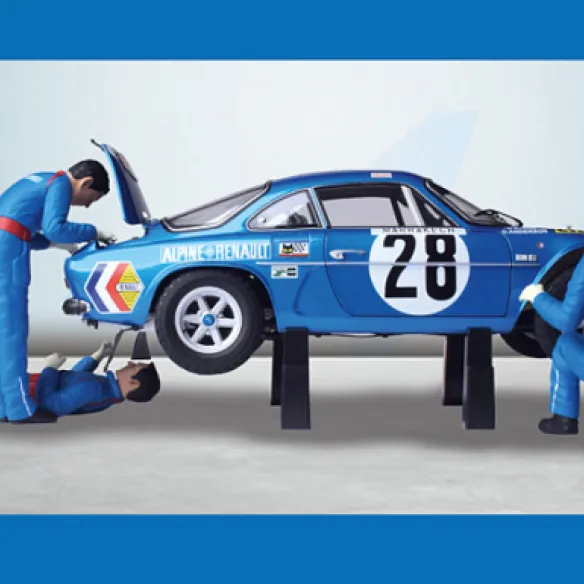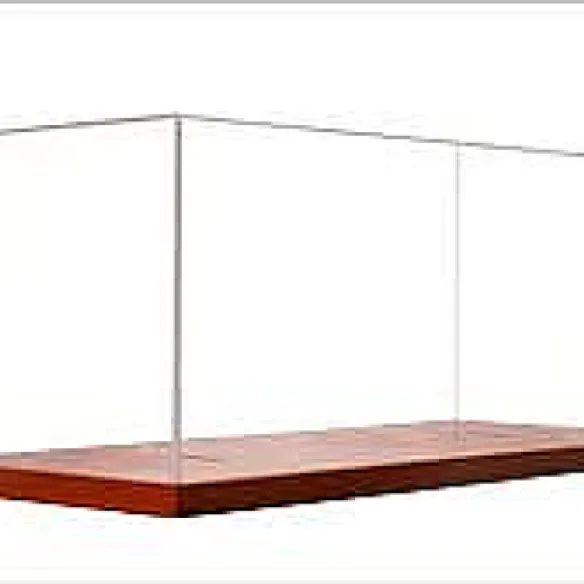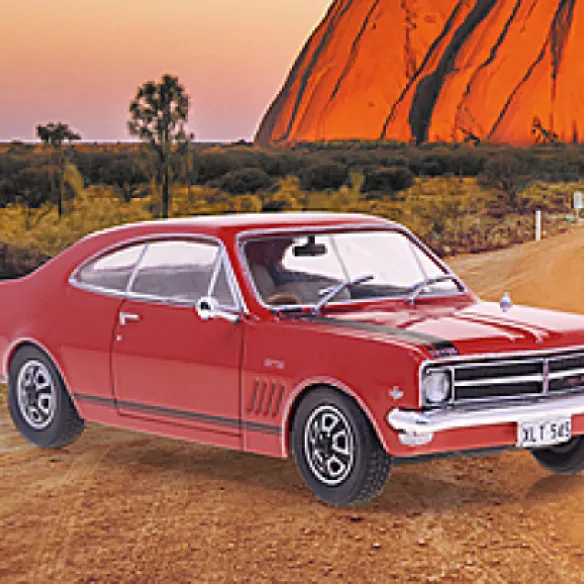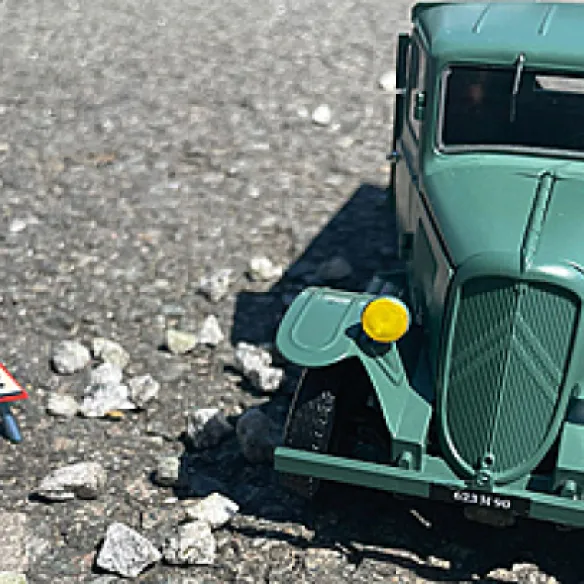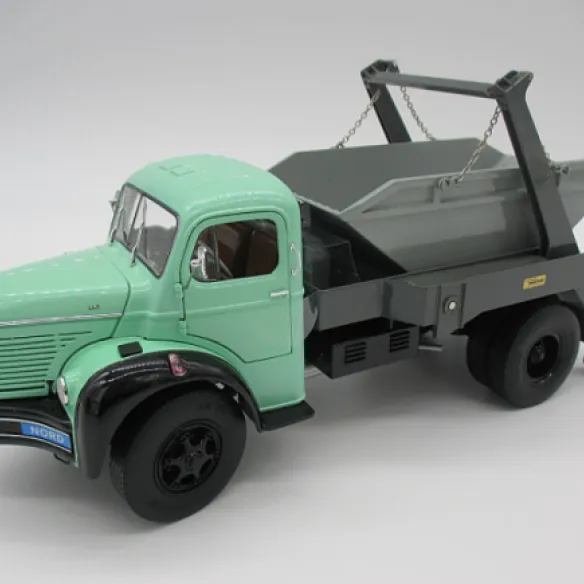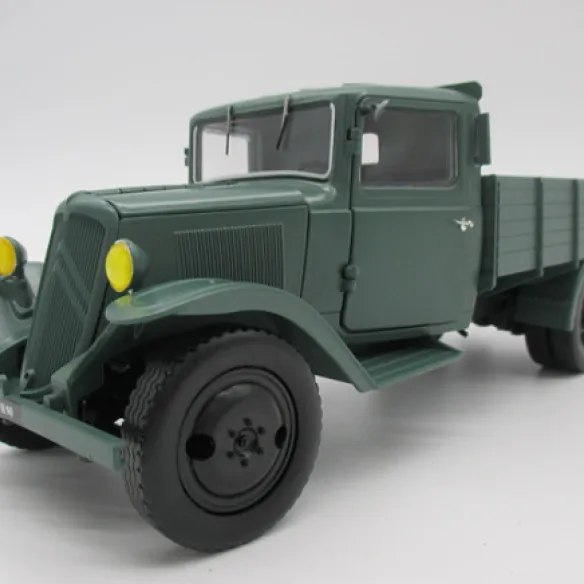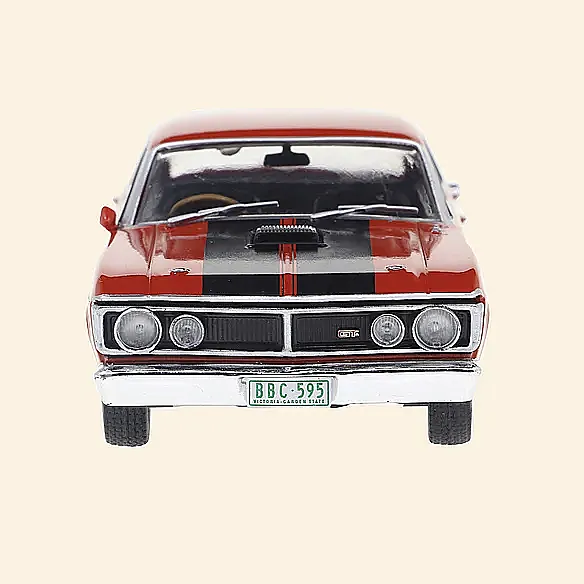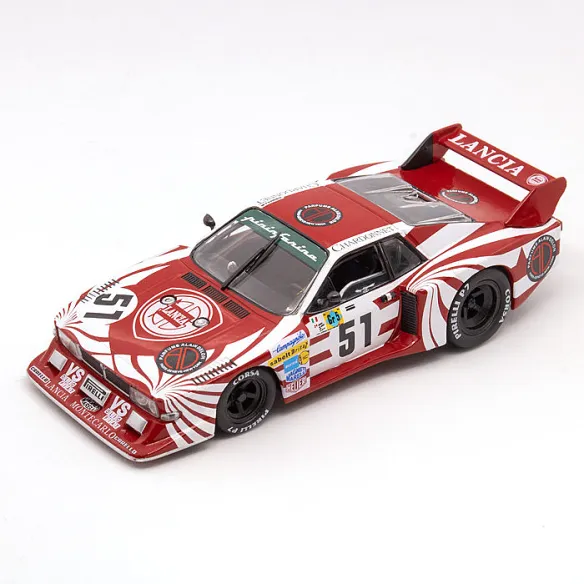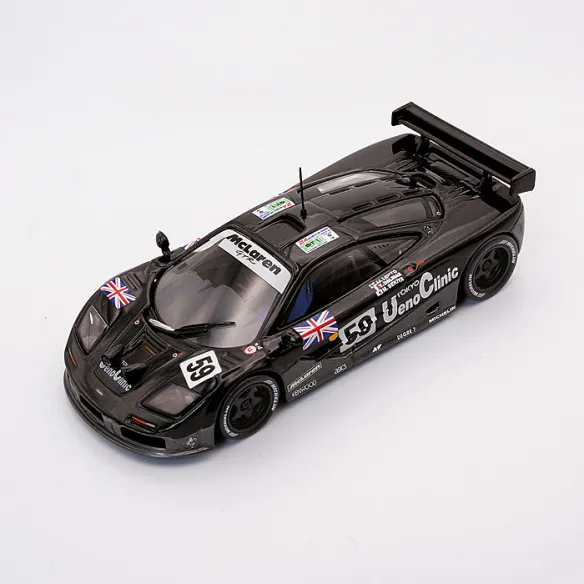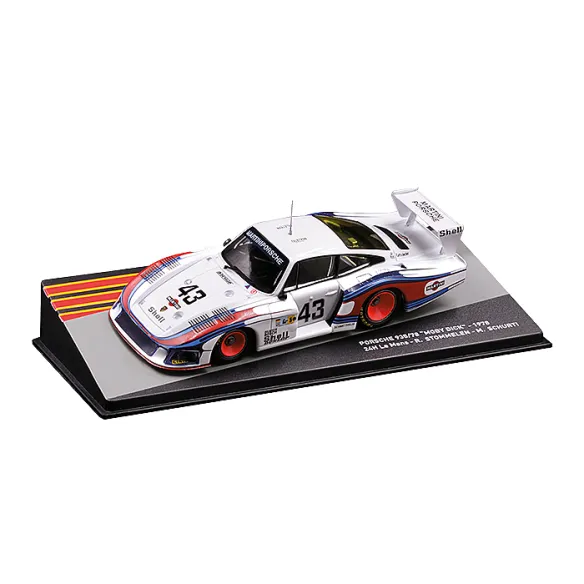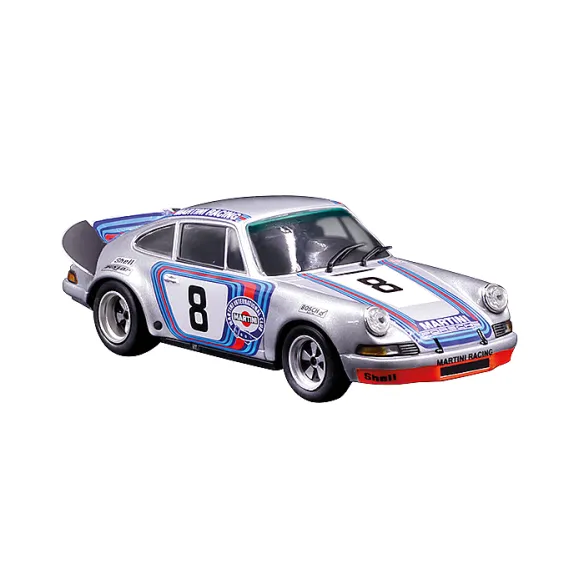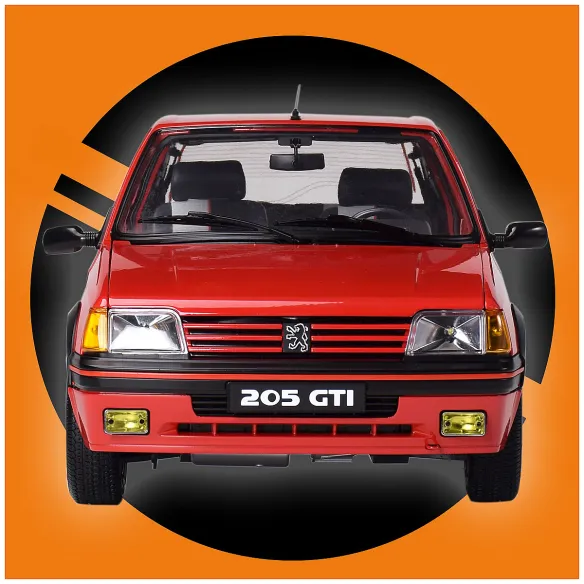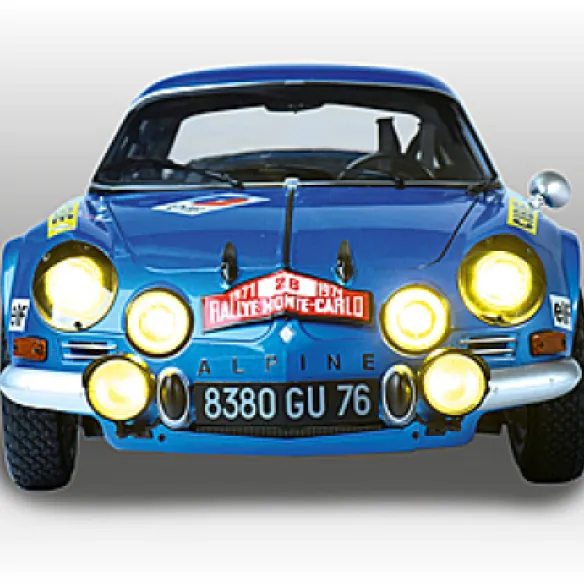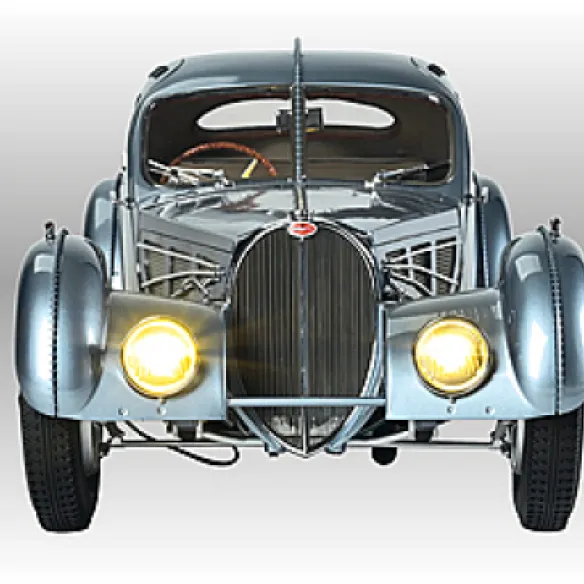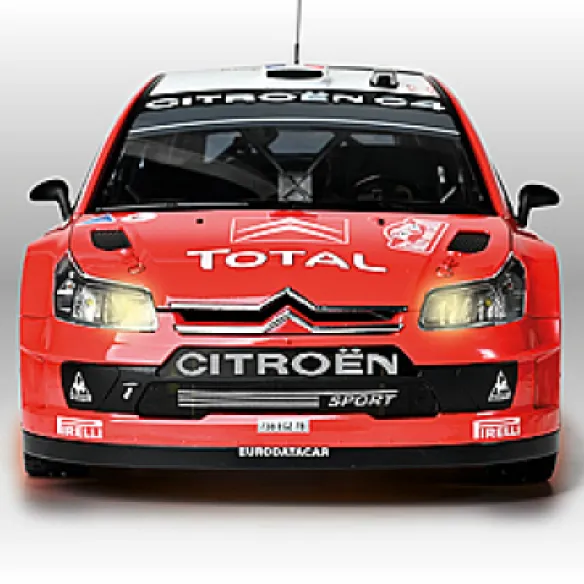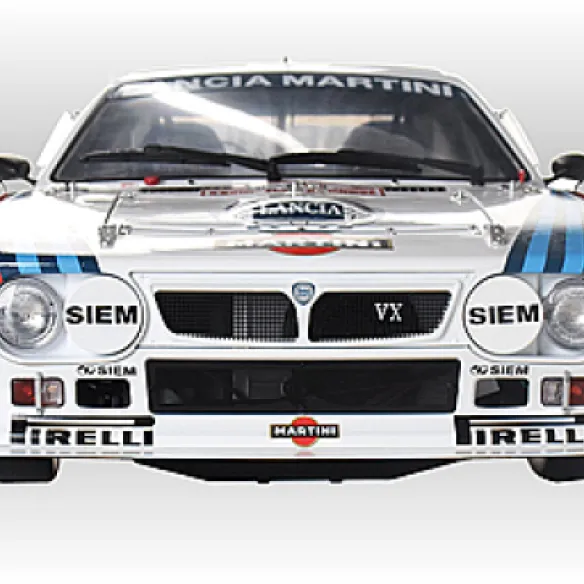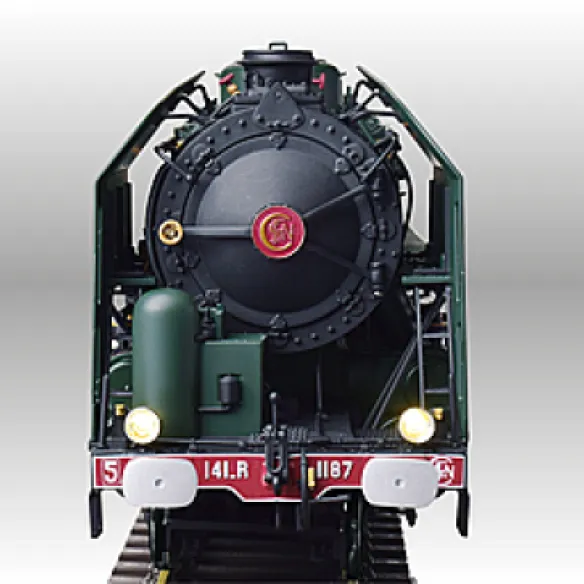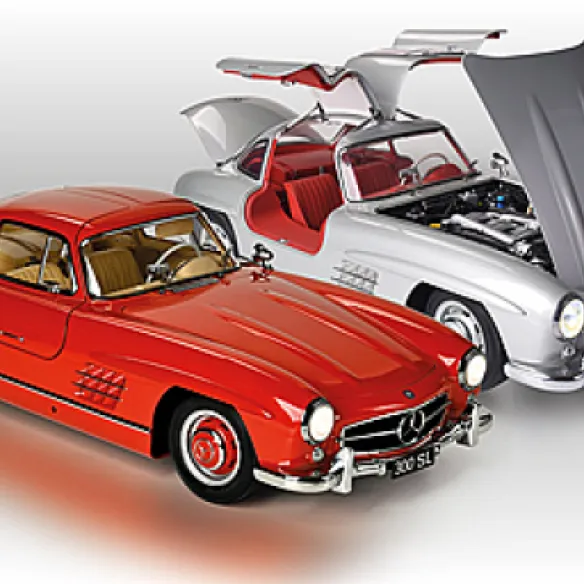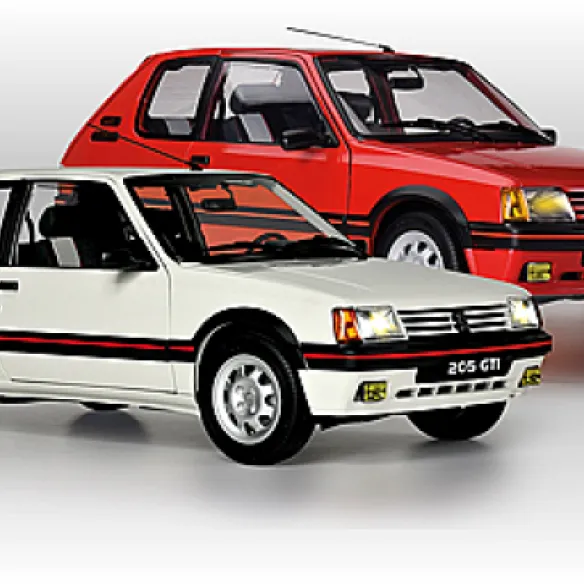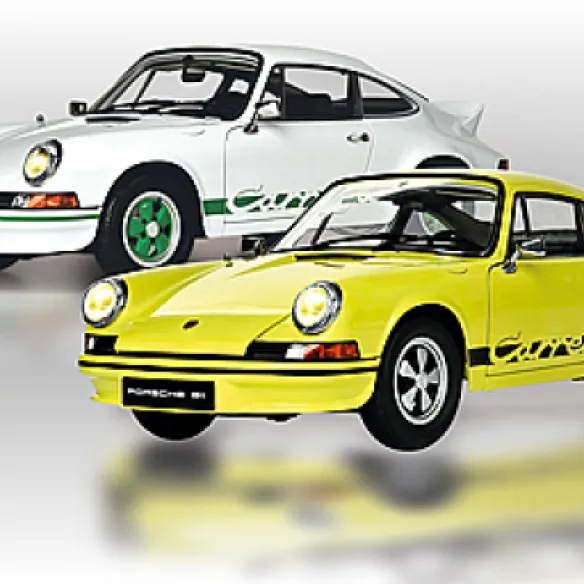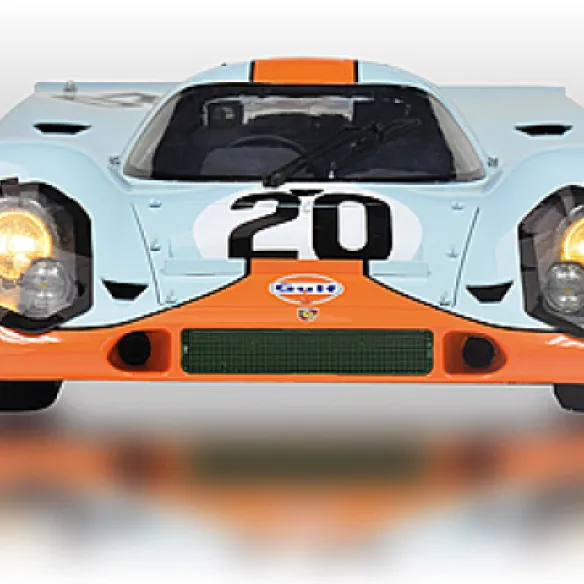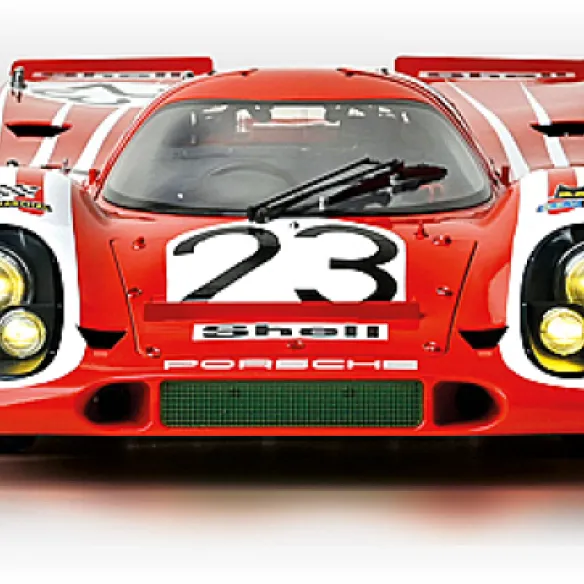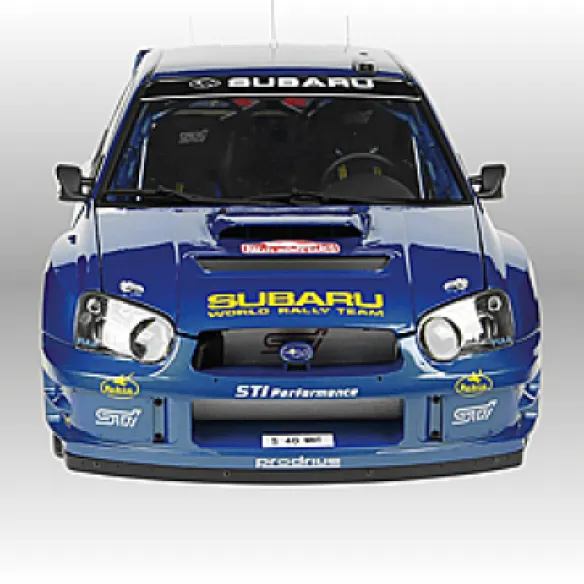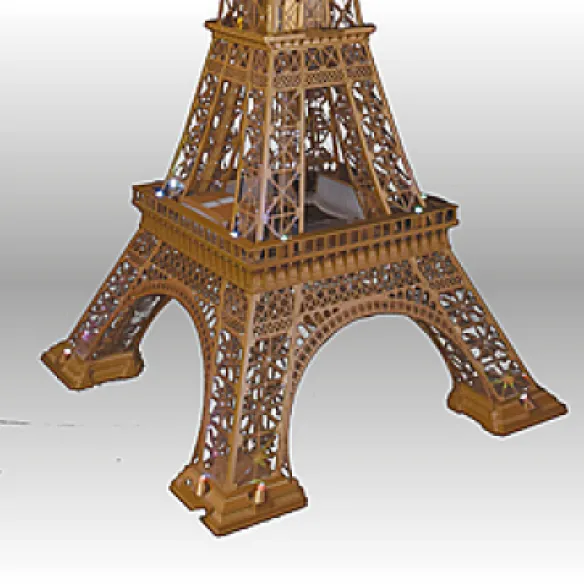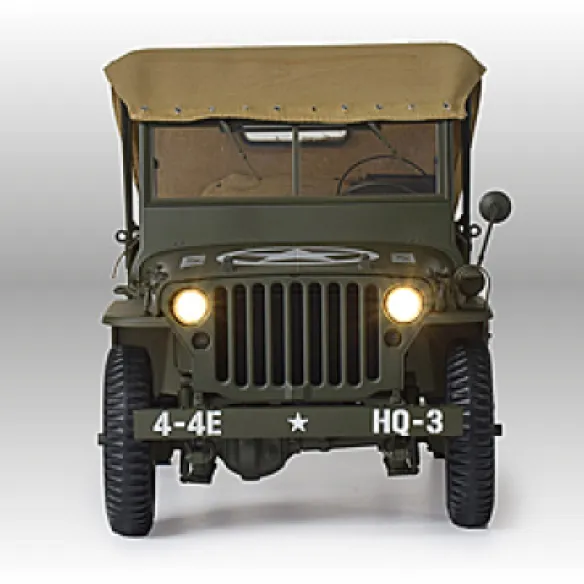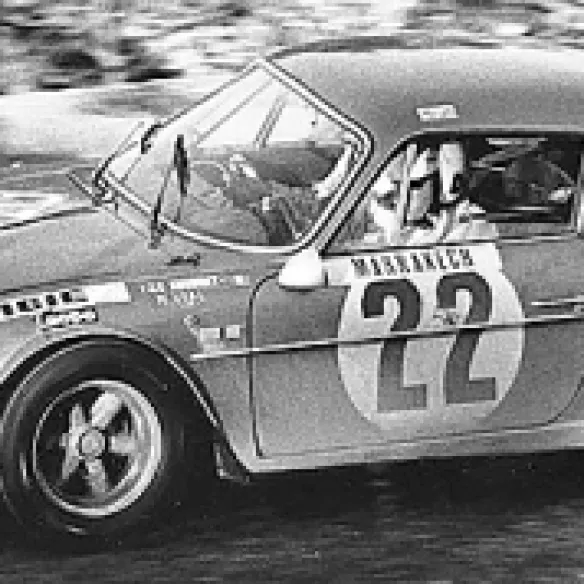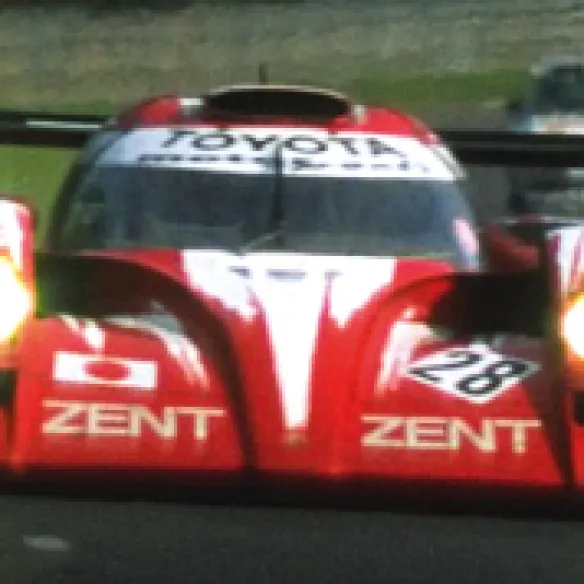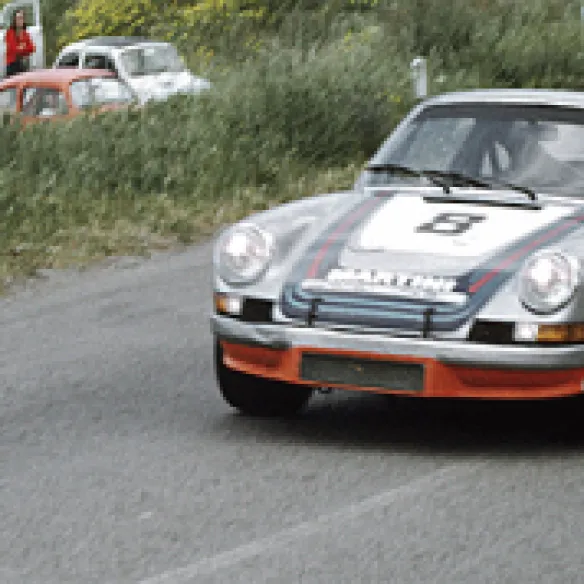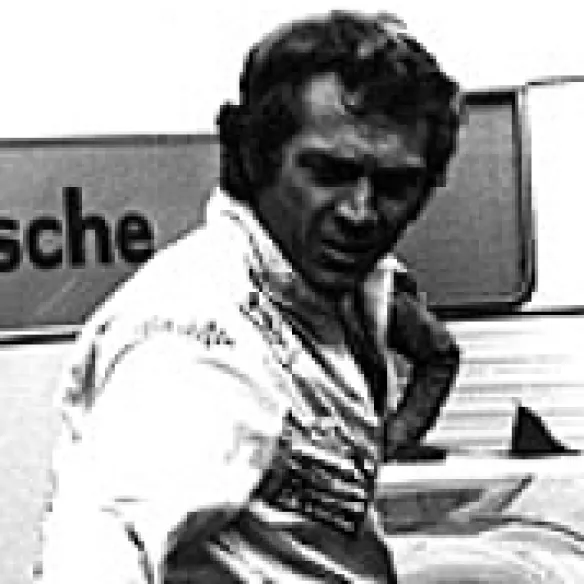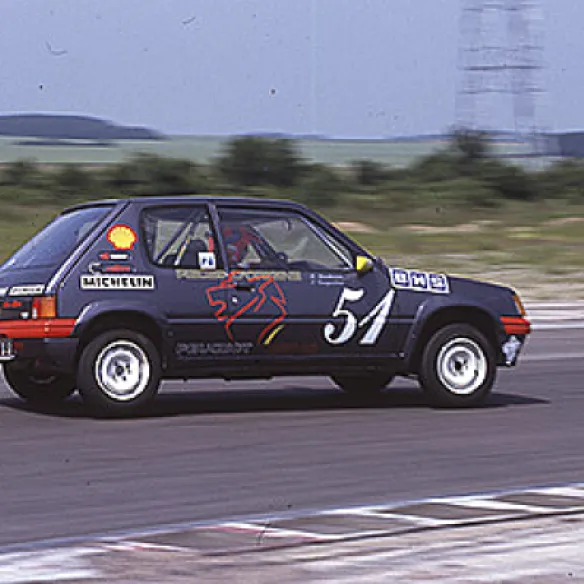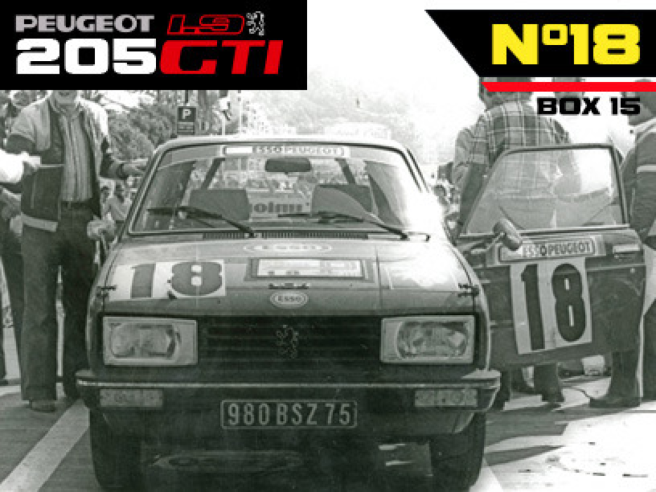
Eight years before the launch of the 205 GTI 1.6, Peugeot offered a muscular version of its small 104 Coupé. Launched in October 1972 to counter its rival Renault 5 in the small city car category, the Peugeot 104 range was completed in September of the following year with a coupé, with two doors and 28 cm shorter, using the 5 HP engine of the saloon. At the Paris Motor Show in September 1975, the Coupé 104 was available in two distinct versions, the ZL (Luxury) with a 954 cm3, 46 bhp engine and the ZS (Sport) with a 1,124 cm3, 66 bhp engine.
The discreet ZS logo in brushed aluminium on the rear of the Coupé 104 is much more important than it seems and will allow the Sochaux-based manufacturer to write a new page in its history. Until then, Peugeot's clientele was essentially family-oriented with a somewhat bourgeois image. At the time, the Lion brand was large and well stocked, but there were no sports cars in the catalogue. In the mid-1970s, the arrival on the market of small sports cars with the GTI and TS badges, aimed at a young clientele, encouraged Peugeot to take the plunge. With its light weight and a considerably more powerful engine, the 104 ZS was the model that foreshadowed the 205 GTI a few years later.
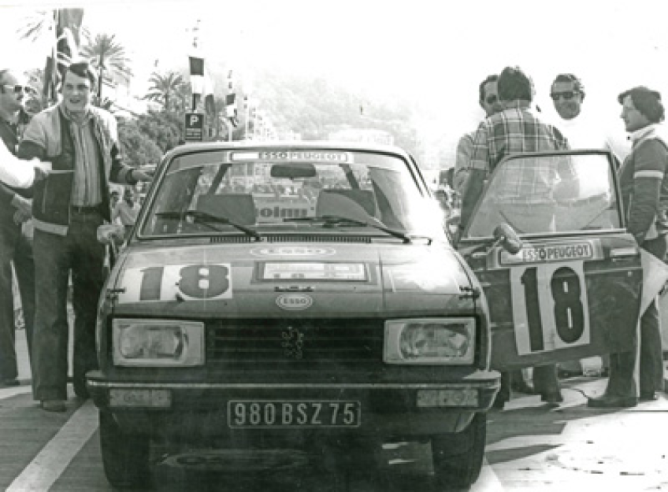
Until 1982, the Peugeot 104 ZS competed in numerous rallies, such as the 1977 Tour de France Automobile.
© IXO Collections SAS - Tous droits réservés. Crédits photo © Archives & Collections Dominique Pascal
A muscular 104
At first glance, what distinguishes the ZS Coupé from the ZL version are its sports wheels and larger tyres. The real difference is under the bonnet, as the 104 ZS has swapped the 954 cc XV5 engine of the base model for a 1,124 cc XW3. The power output increased from 46 to 66 hp DIN, which is an increase of almost 50%! This, in a light chassis of 780 kg, provides interesting performances: 20 km/h better top speed and acceleration from 0 to 100 km/h in only 15 seconds! Already appreciated for its good road holding, the 104 ZS accepts the increase in power without difficulty thanks to the installation of a stabiliser bar at the rear, while that at the front is reinforced. Braking is also improved with the adoption of a dual-circuit hydraulic braking system. In the cabin, specific equipment is offered, including new seats with headrests, a rev counter and a three-spoke sports steering wheel.
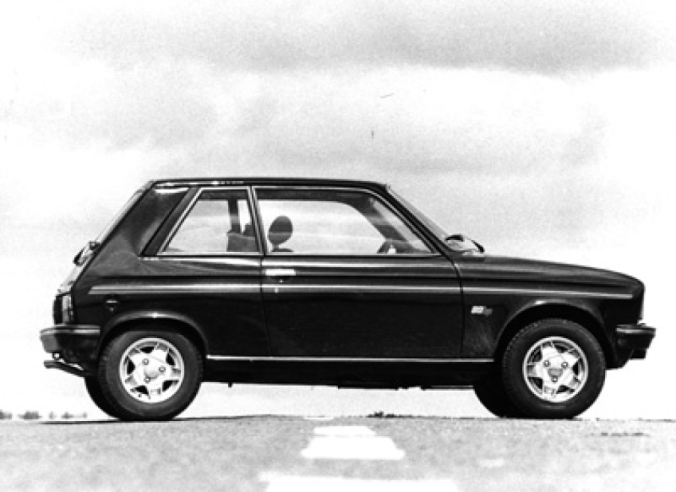
In 1982, the ZS was equipped with an 80 hp 1.3 litre engine and a 5-speed BH3/5 gearbox.
© IXO Collections SAS - Tous droits réservés. Crédits photo © Archives & Collections Dominique Pascal
Developments
For the 1979 model year, Peugeot launched a special 104 ZS 2 version, built in only 1,000 units from January to March, in order to be approved for Group 2. Marketed at 38,000 francs, compared with 28,100 francs for the 104 ZS version, this model was only available in the dark grey "Vulcan" colour, with red fender flares and side strips. A new engine was adopted, the 1,361 cc XYR, which would later be found in the Citroën Visa Chrono and the Talbot Samba produced within the same PSA group. This in-line four-cylinder engine develops 93 hp DIN at 5,800 rpm, with a torque of 12.7 mkg at 4,500 rpm, allowing a top speed of 173 km/h. From the following year, this engine was also fitted in the 104 ZS base car, but in a 'deflated' XY6B version with 72 hp (158 km/h). For 1982 the power was increased to 80 hp (engine type XY8) with a top speed of 164 km/h, while a 5-speed gearbox was fitted as standard. Total production of the 104 Coupé from 1973 to 1985 was 345,849 units, including 80,000 ZSs.
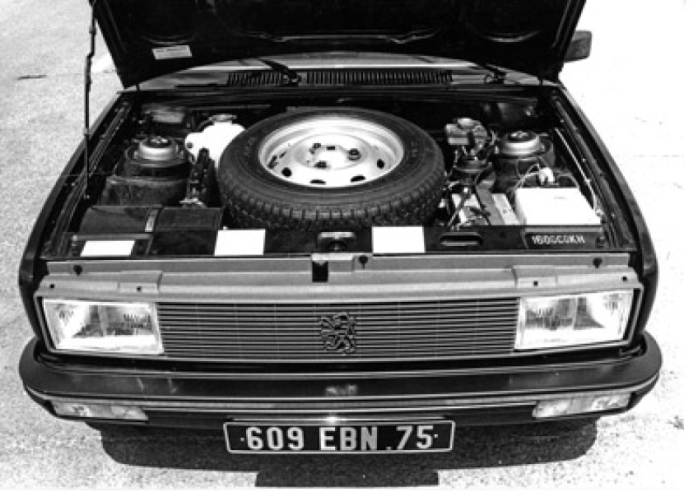
Under the bonnet of the first generation 104 ZS coupe is a 1.1-litre light alloy four-cylinder engine installed transversely and inclined at 72° to the rear.
© IXO Collections SAS - Tous droits réservés. Crédits photo © Archives & Collections Dominique Pascal
The 104 ZS in competition
As soon as it was launched, the 104 ZS was integrated into the programme of the Peugeot racing department, which was then headed by Gérard Allegret. The car, whose engine power was increased to 110 bhp, was entered in Group 2 in several rallies. It made its debut at the Ronde de la Giraglia in February 1976, where the Mäkinen-Liddon team retired. The 104 ZS Rallye then took part in the Tour de Corse at the beginning of the following November, where Hannu Mikkola and Jean Todt finished 10th and won their category. Encouraged by this good start, Peugeot entered the ZS in several events in 1977: the 24 Hours of Chamonix (won by Jean-Pierre Nicolas and Henri Pescarolo), the Tour de France Auto, the Acropolis Rally and rallycross races, where it excelled. During the following years, the Peugeot 104 ZS continued to shine in many disciplines. In 1980, a one-make championship was created, the Challenge Peugeot-Esso, while the GACP (Groupement Amical des Concessionnaires Peugeot) officially entered two 104 ZS Group 2 cars in the French Rally Championship. After the appointment of Jean Todt as head of the Peugeot-Talbot Sport Competition Department and the launch of the 205 Turbo 16, the 104 ZS is handed over to a car specifically designed for competition.
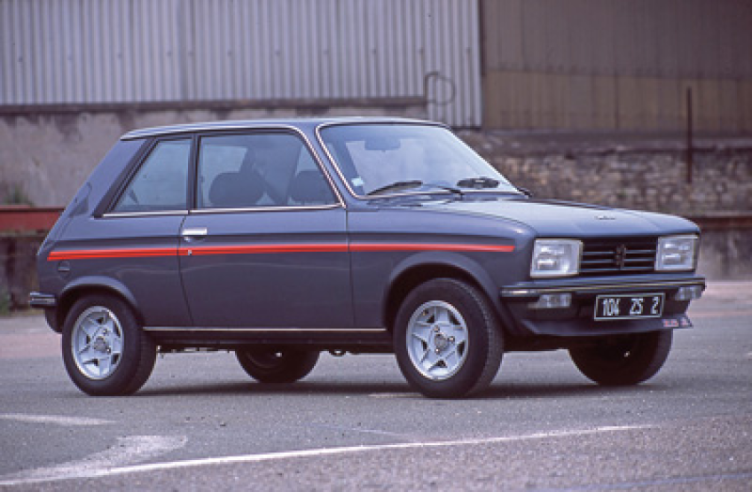
The ZS 2 version produced in 1979 is distinguished externally by its specific dark grey bodywork with red side strips.
© IXO Collections SAS - Tous droits réservés. Crédits photo © Archives & Collections Dominique Pascal
Recent articles
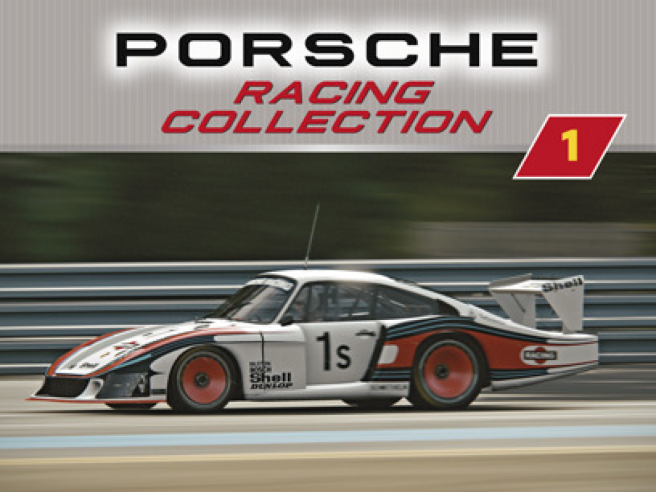
06/05/2024
PORSCHE 935/78 « Moby Dick »
Trois ans d’évolution pour arriver à 850 ch de puissance
Read more
05/05/2024
PORSCHE 911 CARRERA 2.8 RSR
A SINGLE MOTTO : REDUCE WEIGHT AND GET MORE HORSEPOWER FROM THE ENGINE
Read more
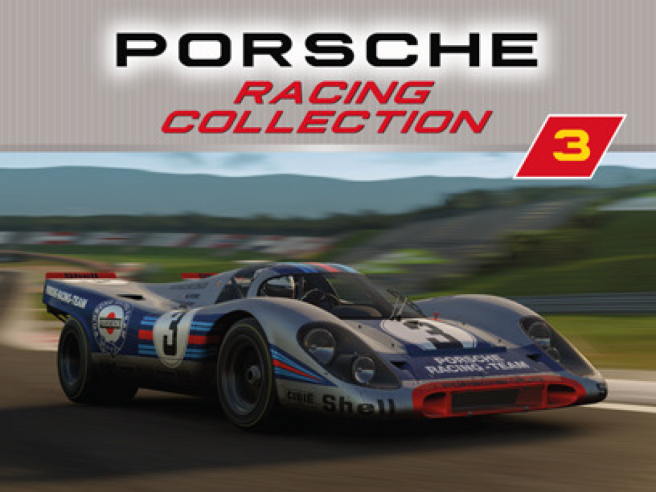
01/05/2024
PORSCHE 917 kH
The most refined engine never created by porsche
Read more


 English
English français
français Deutsch
Deutsch español
español italiano
italiano português
português